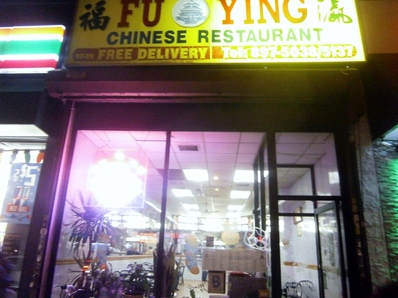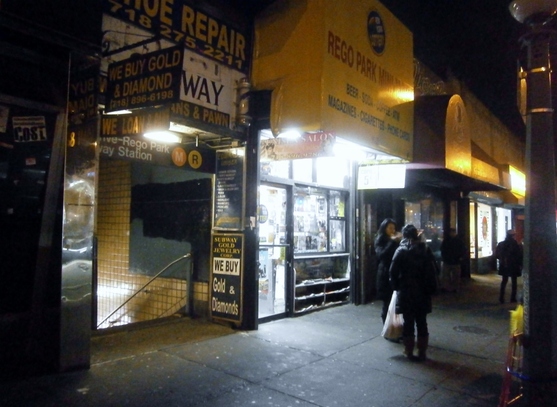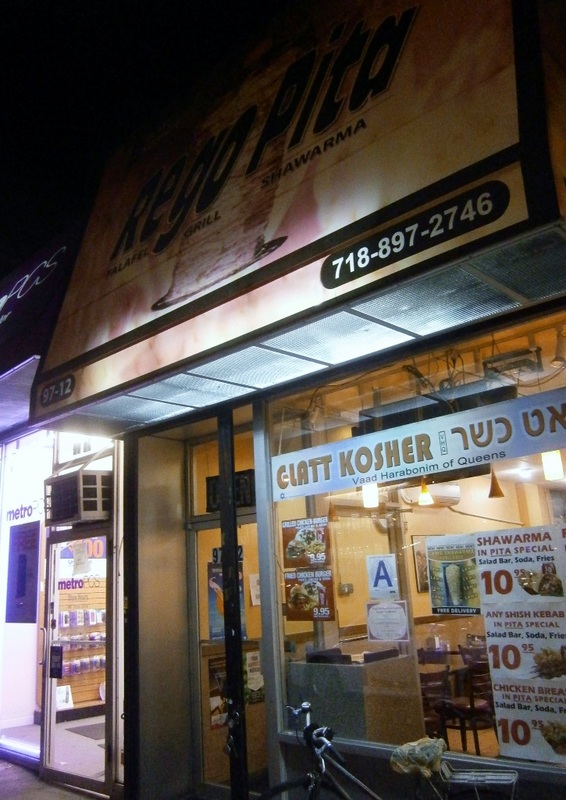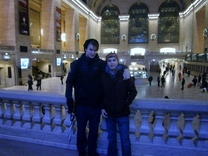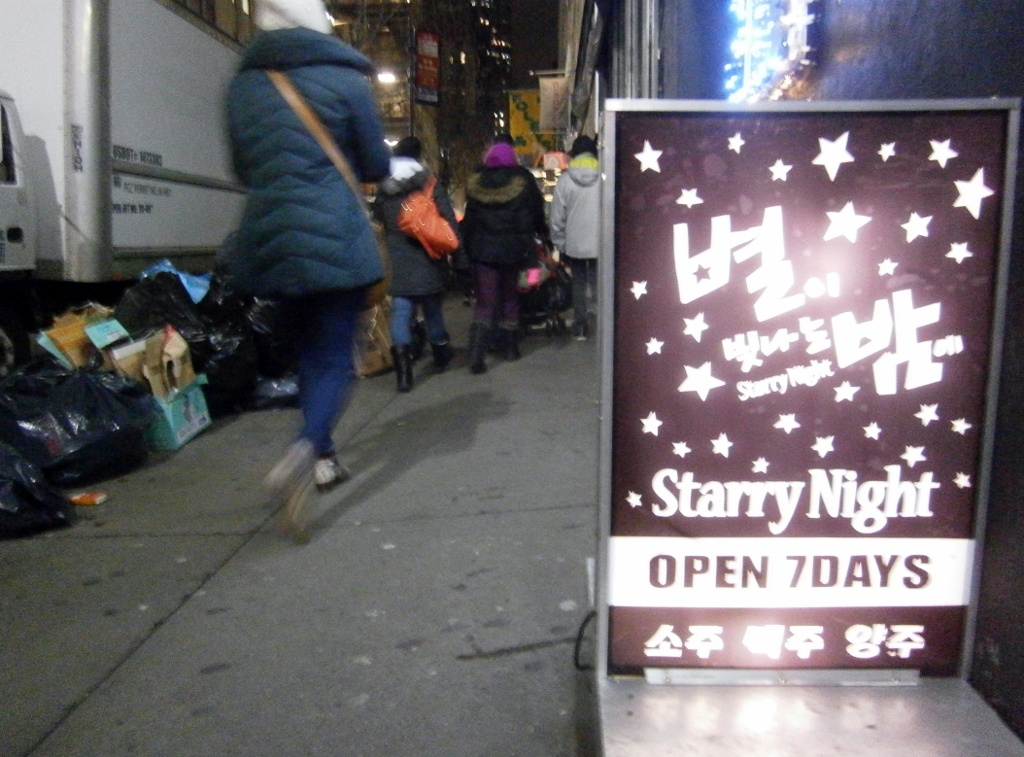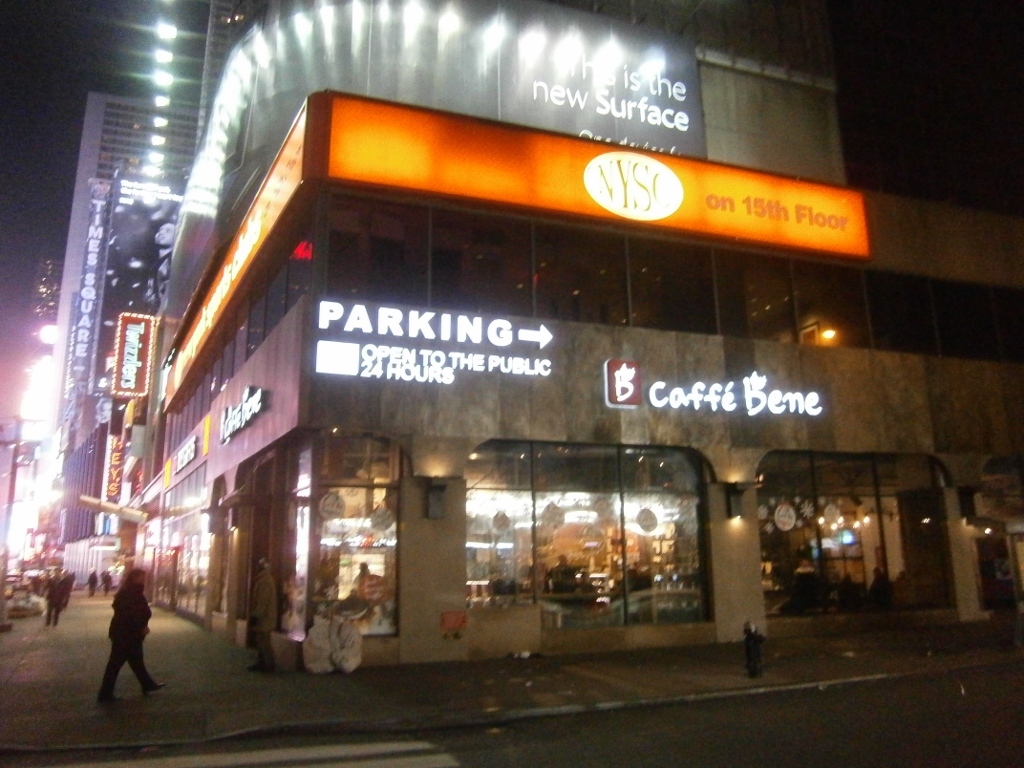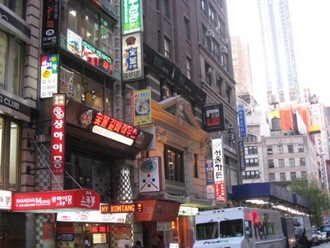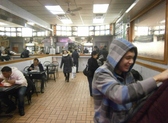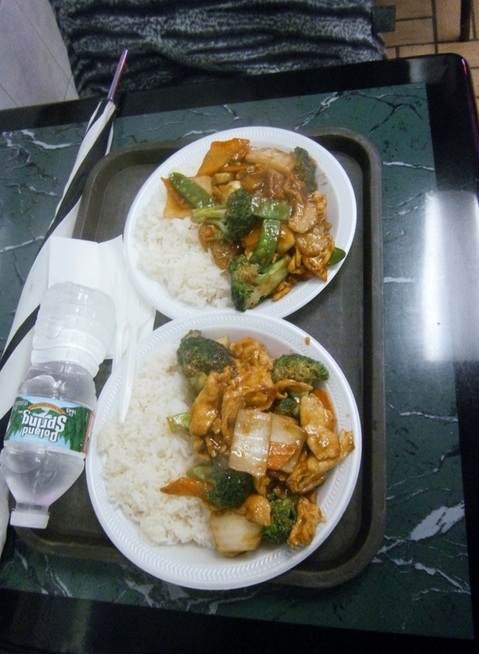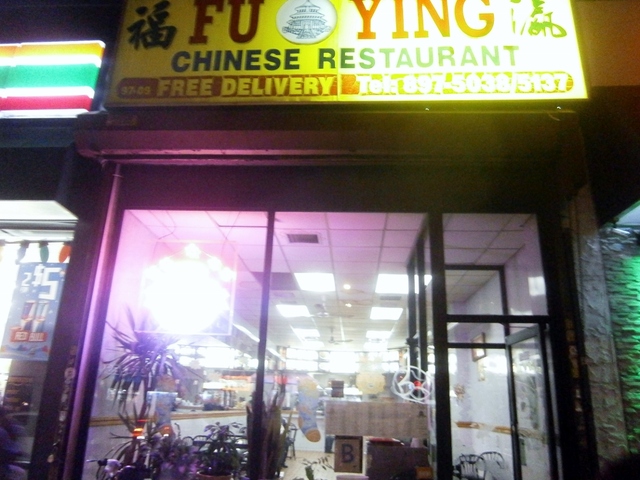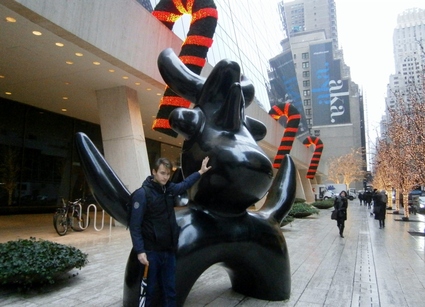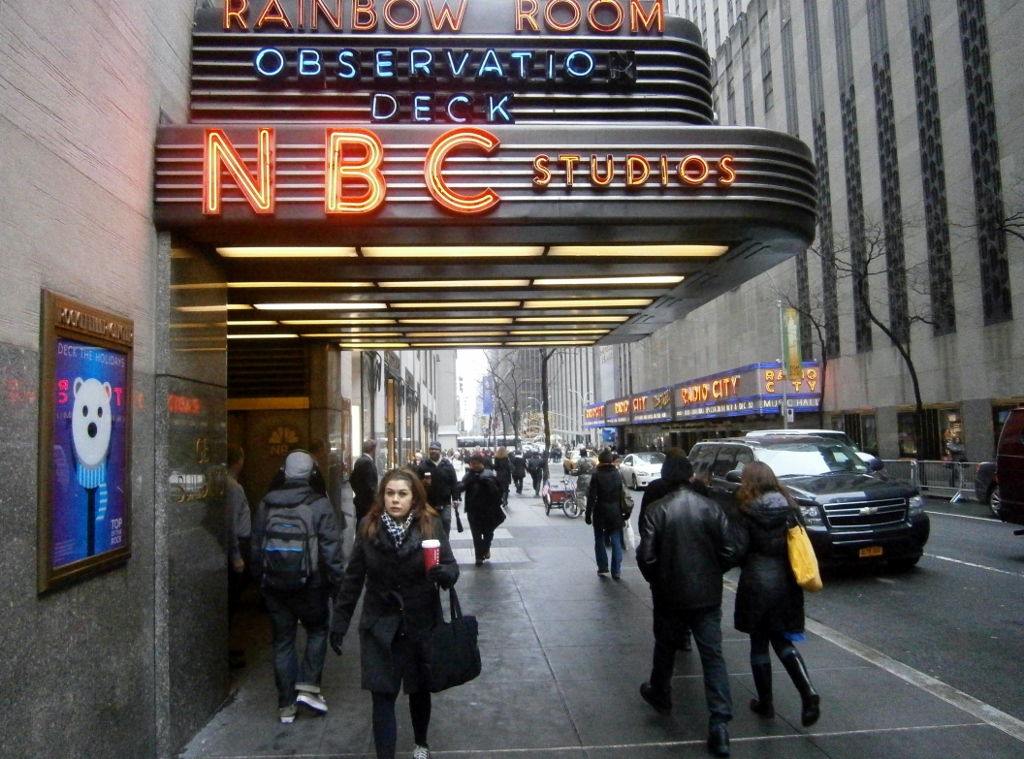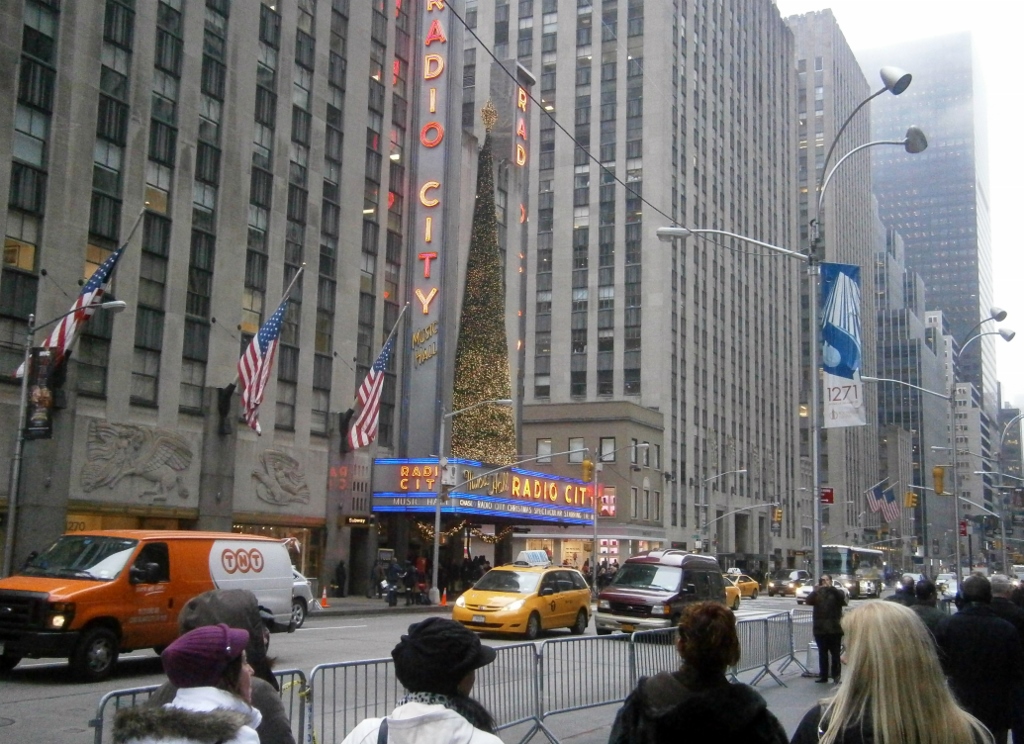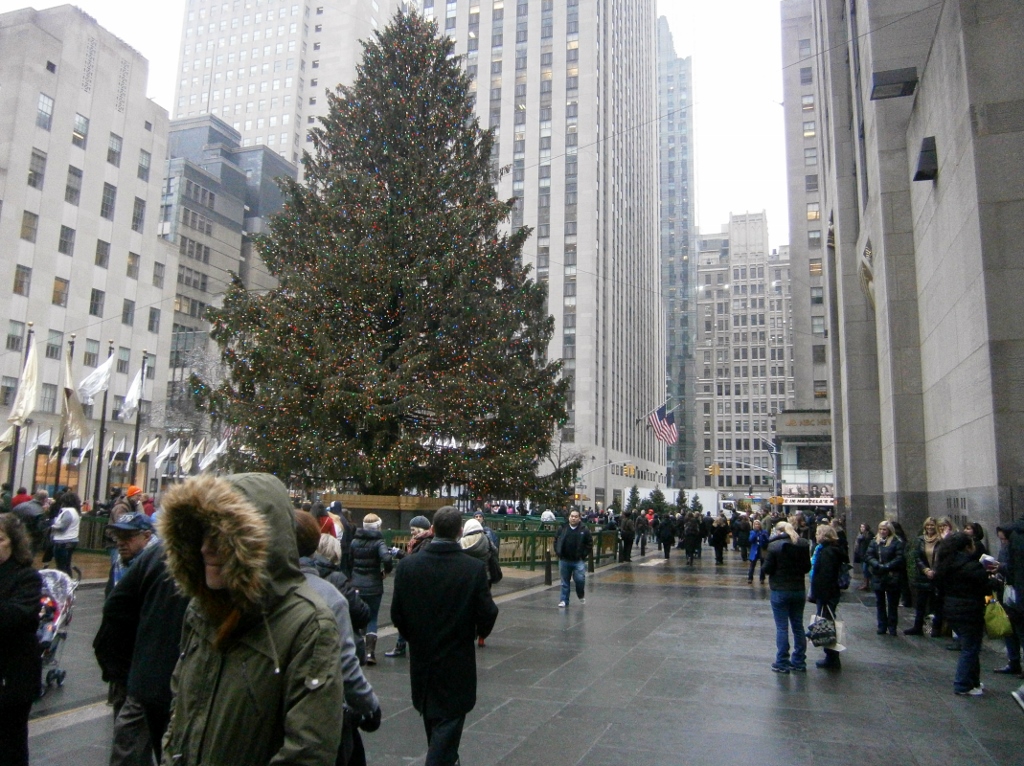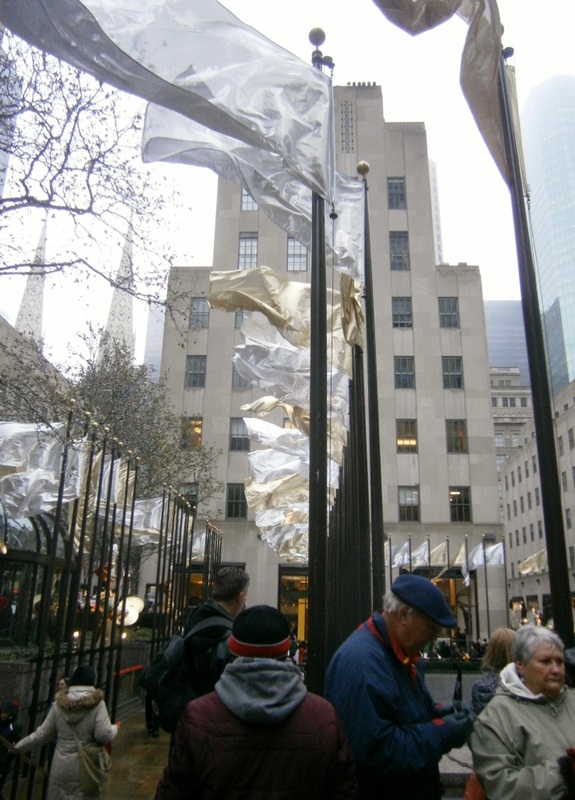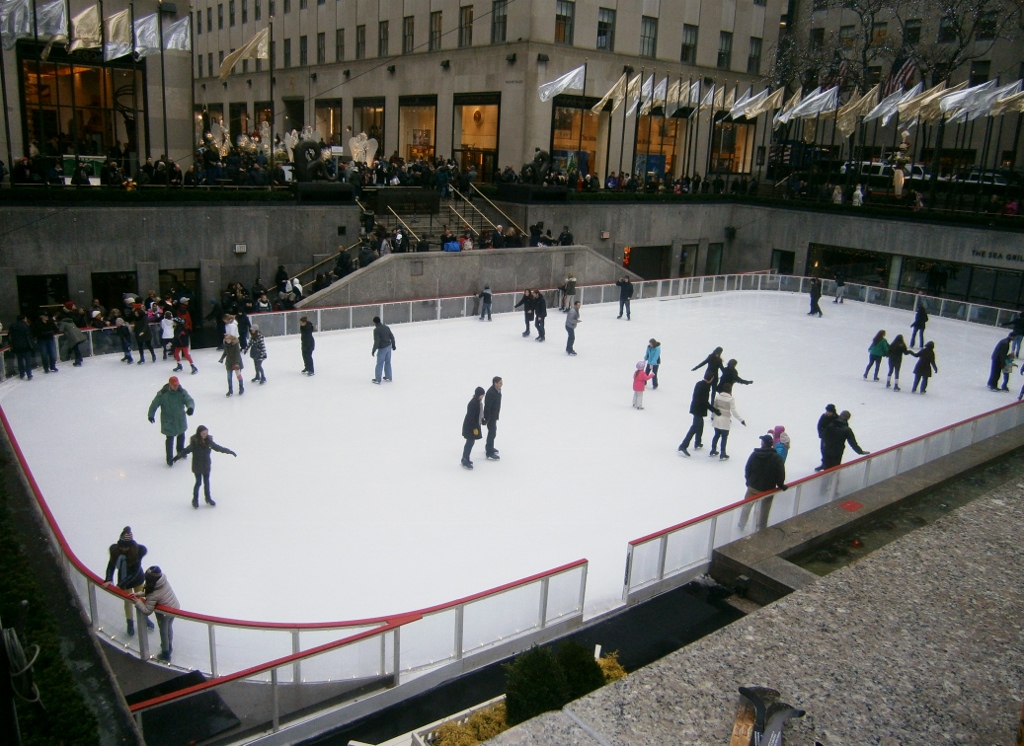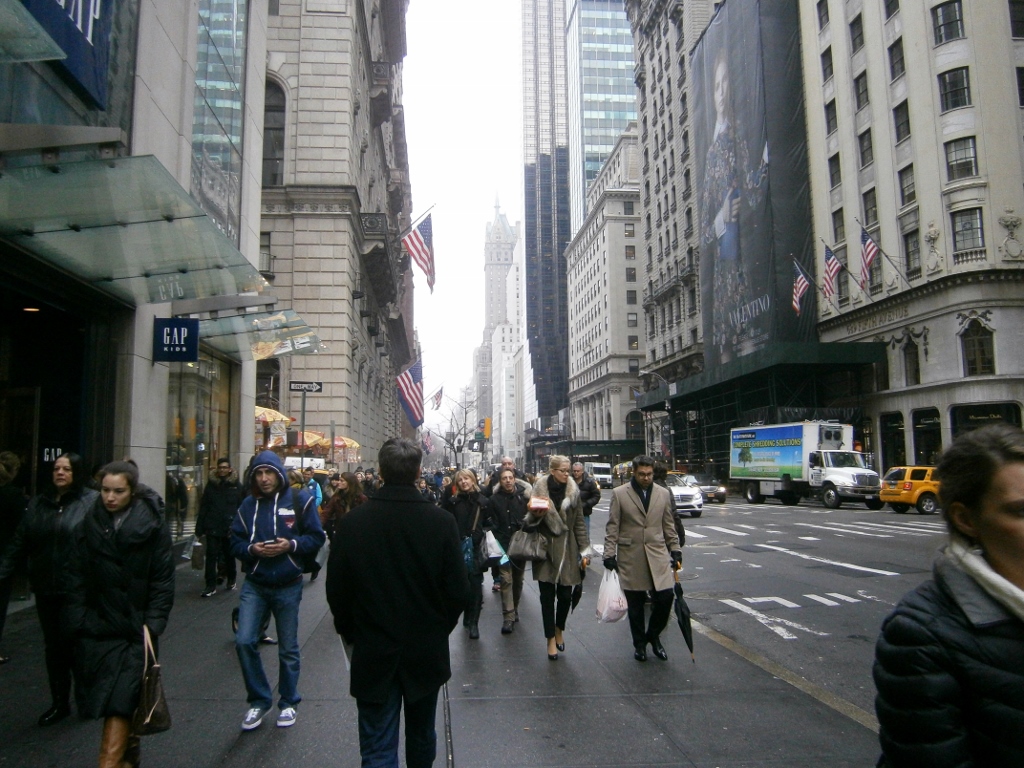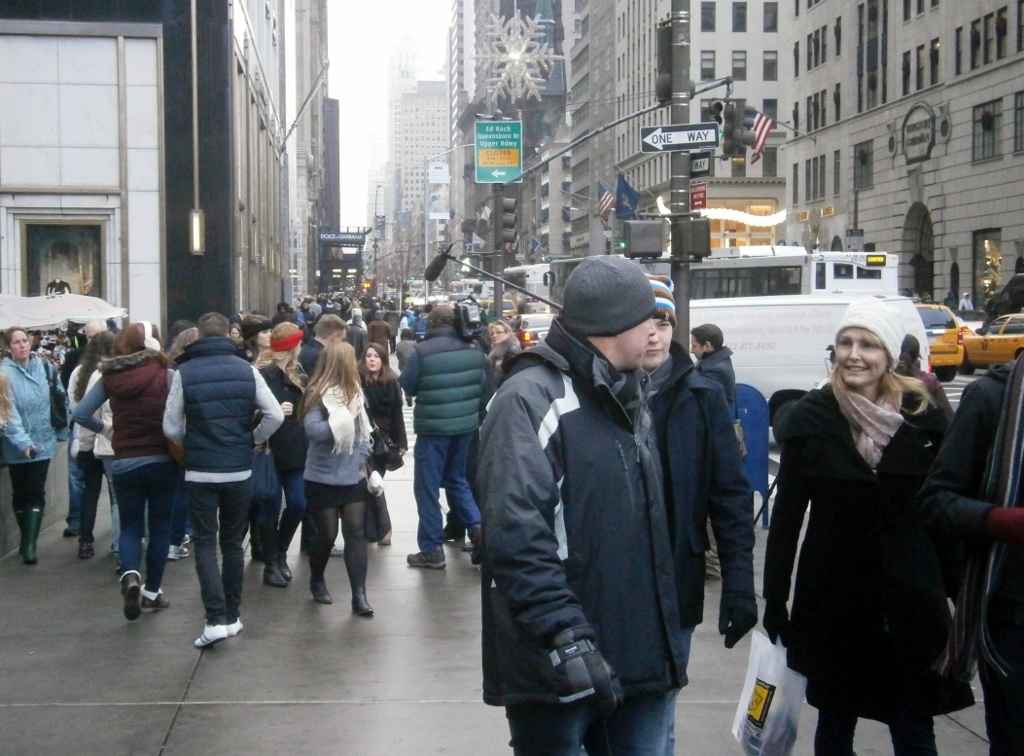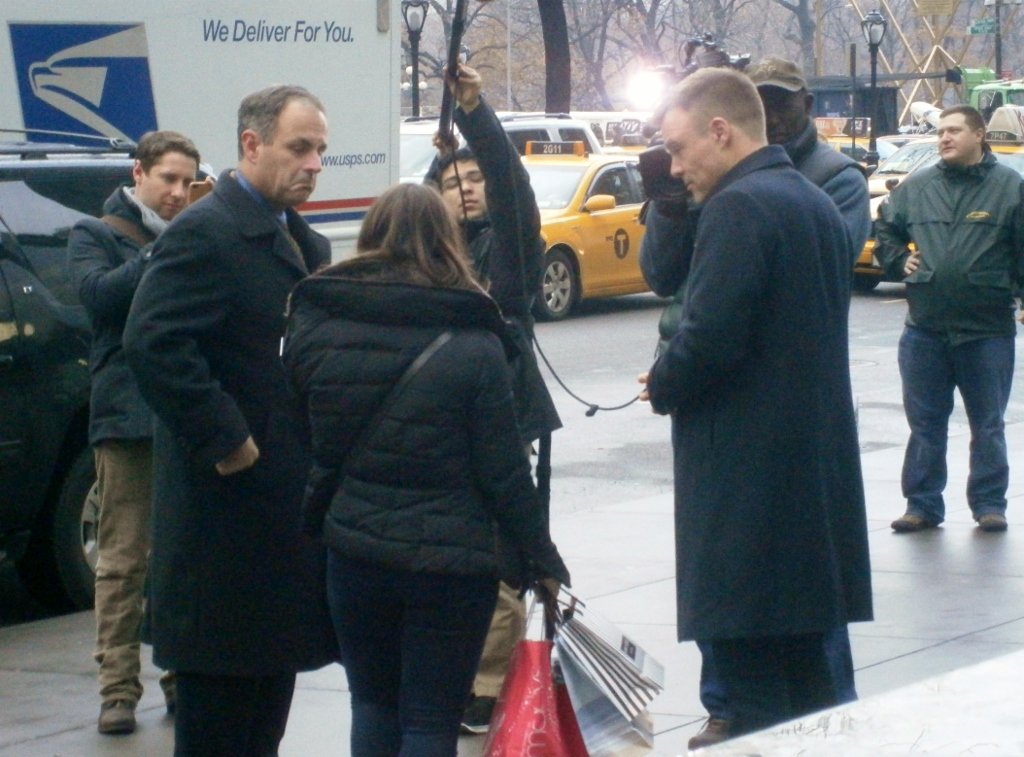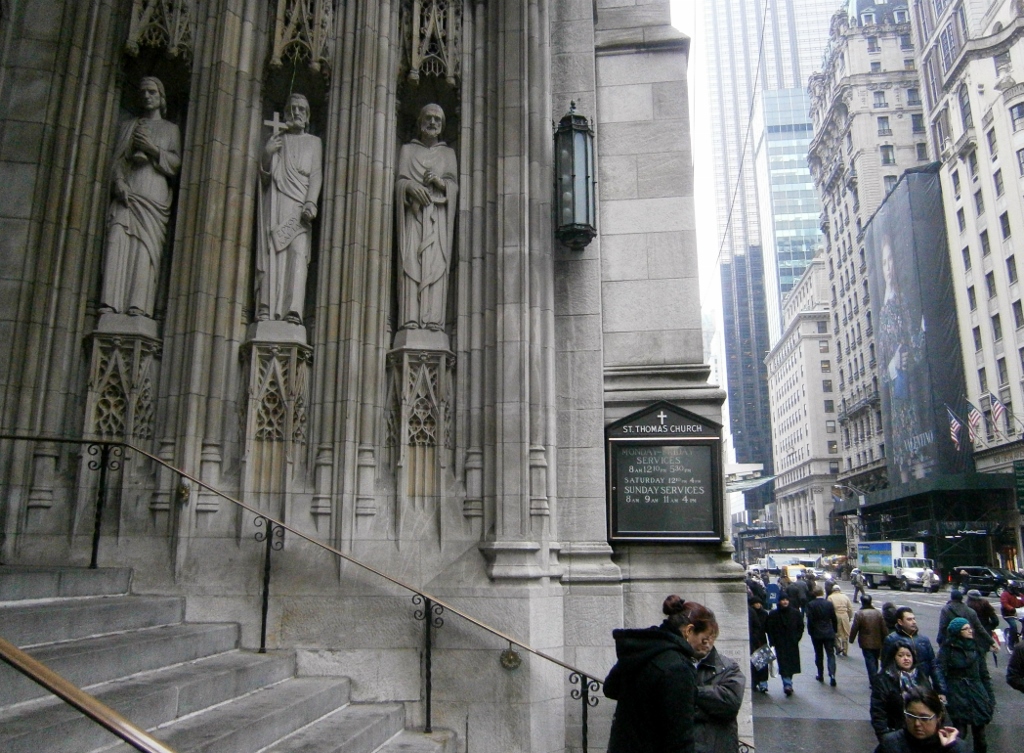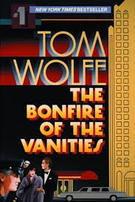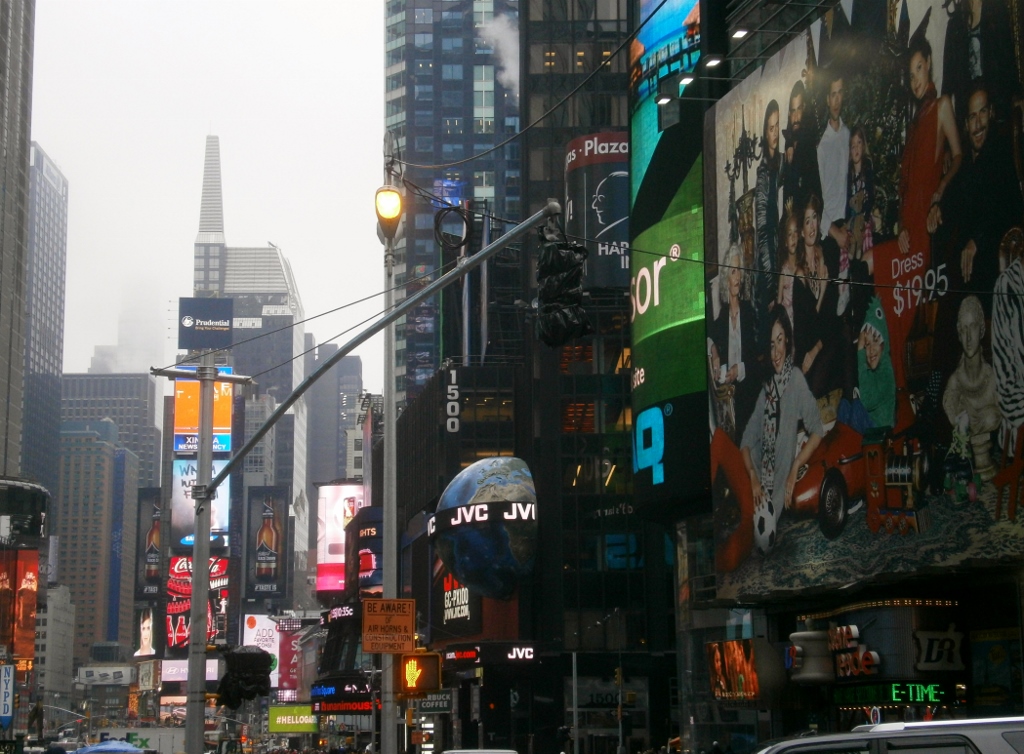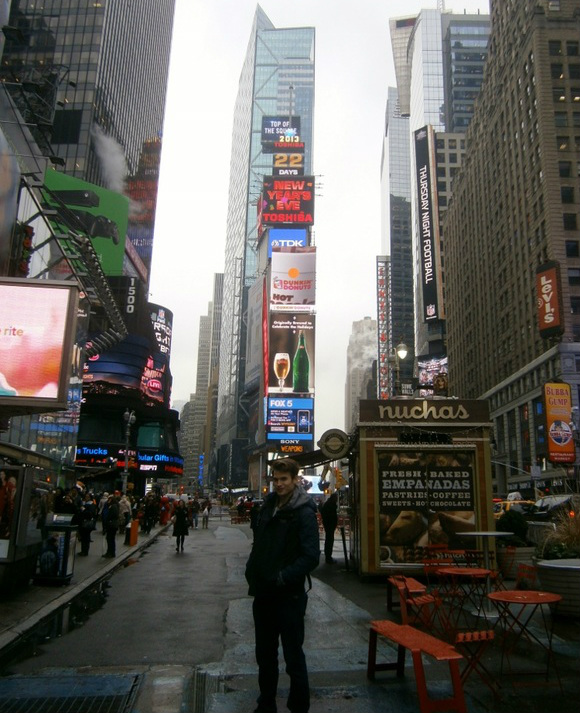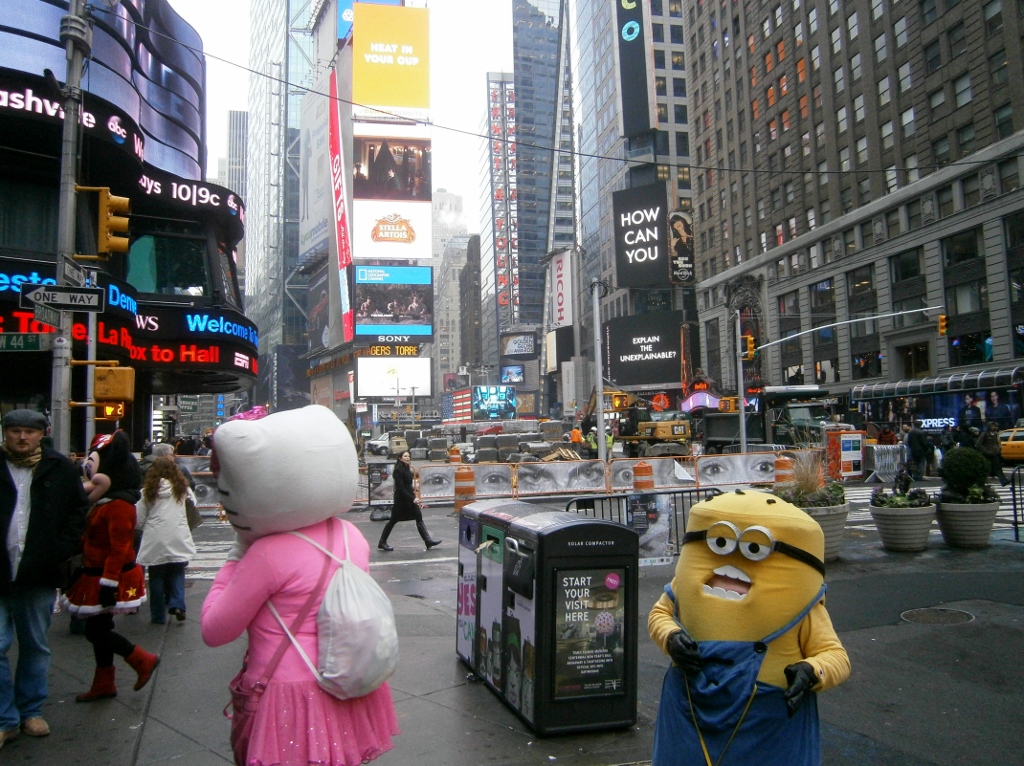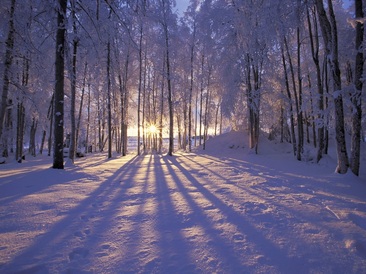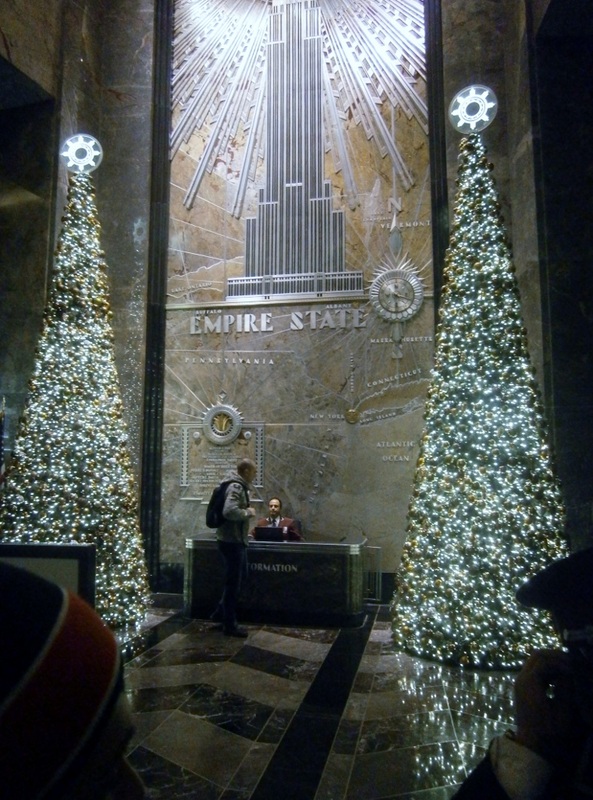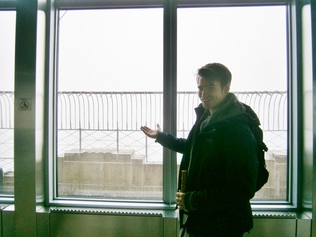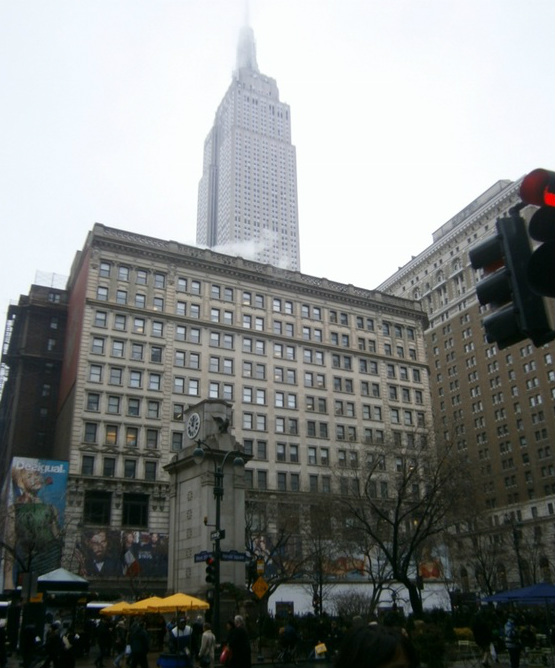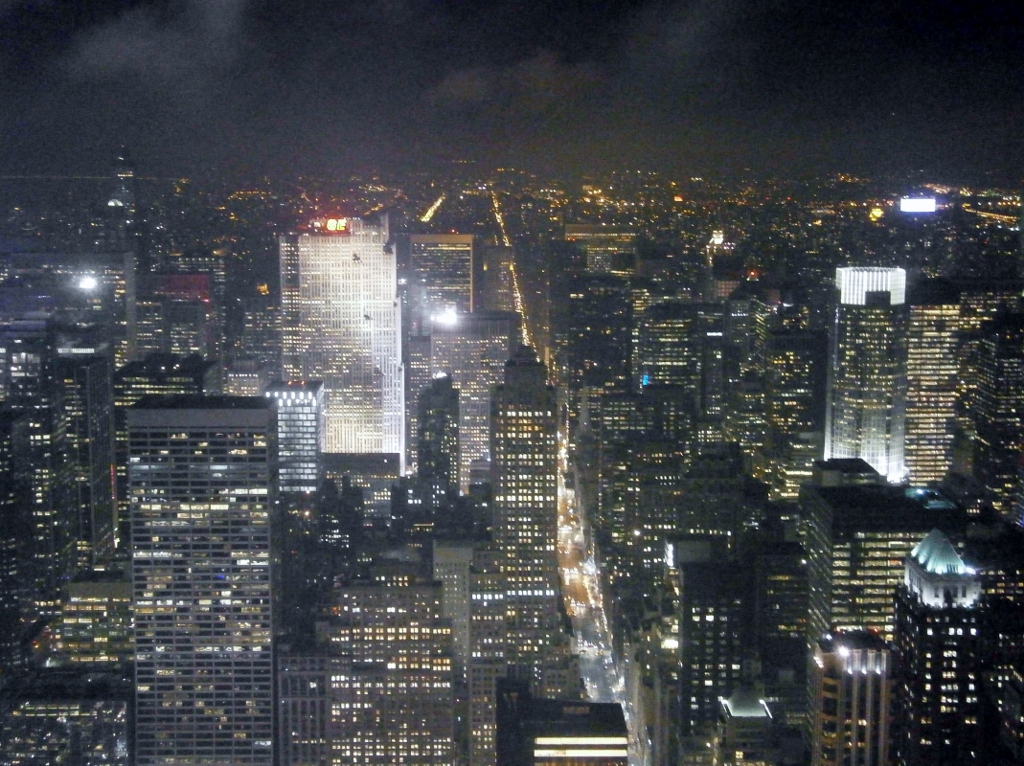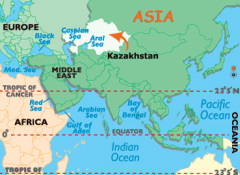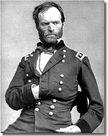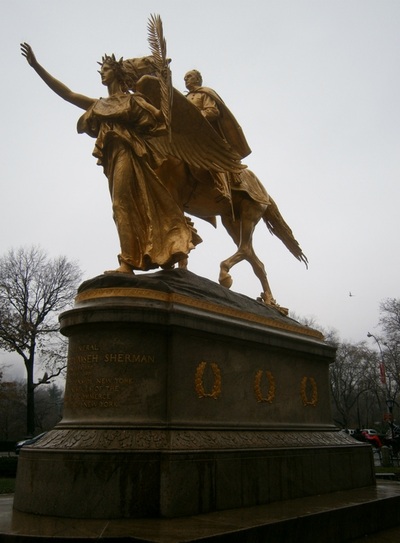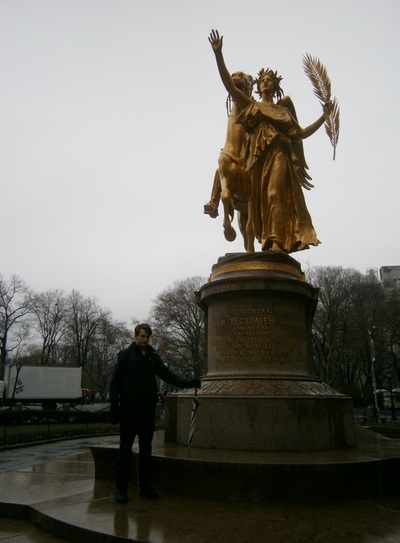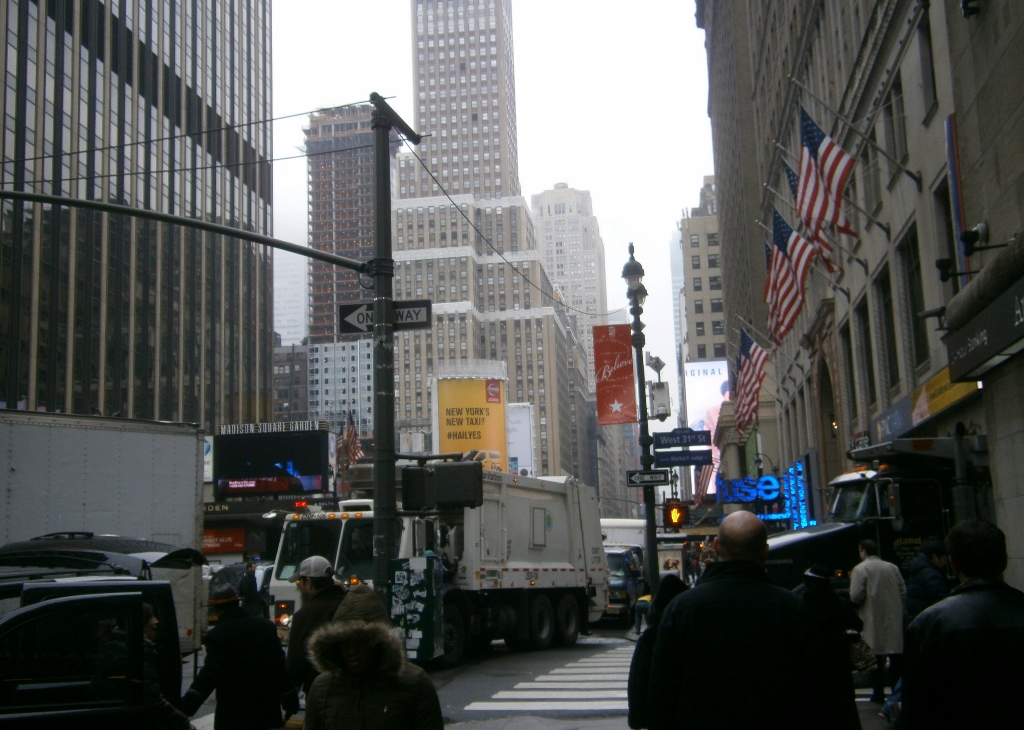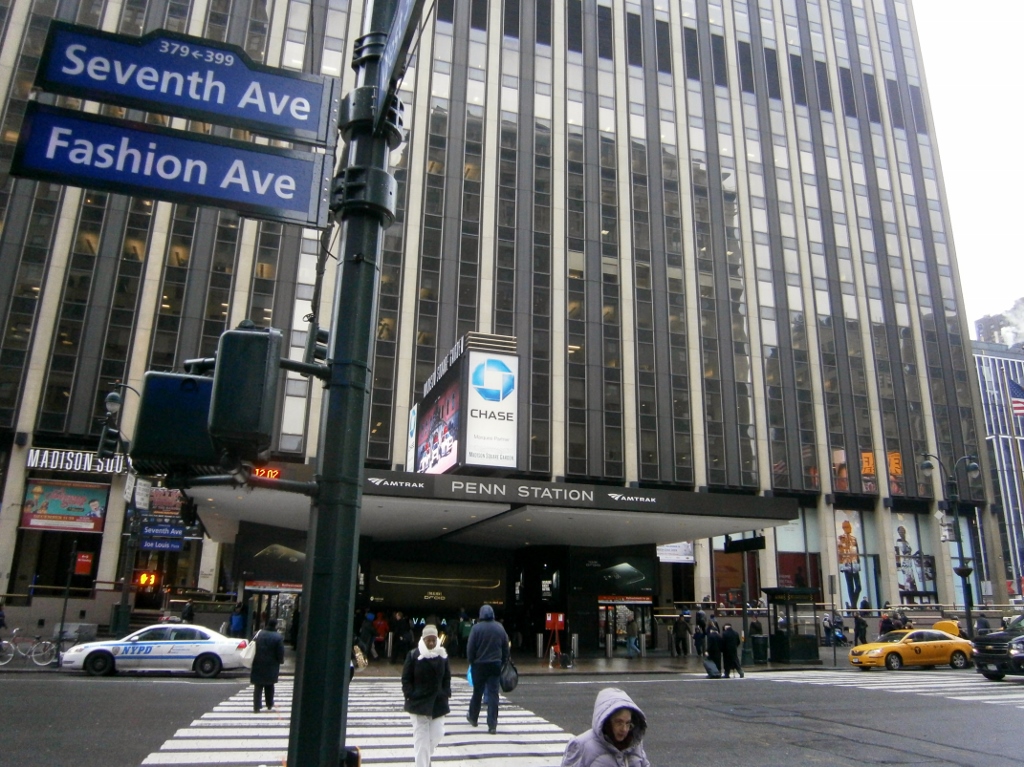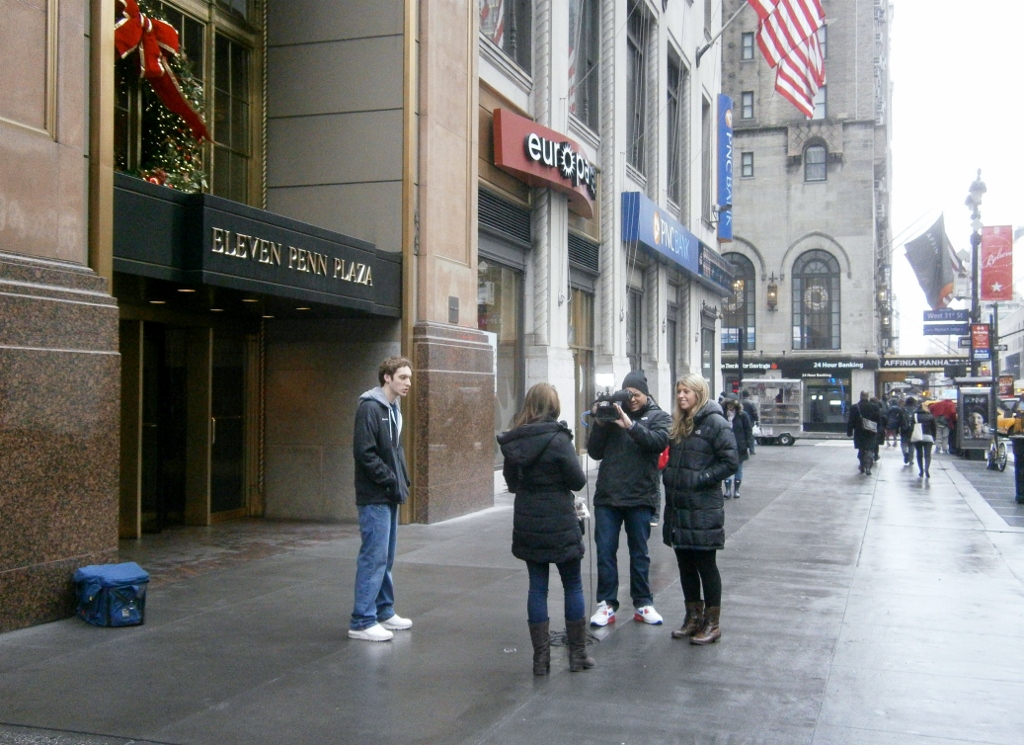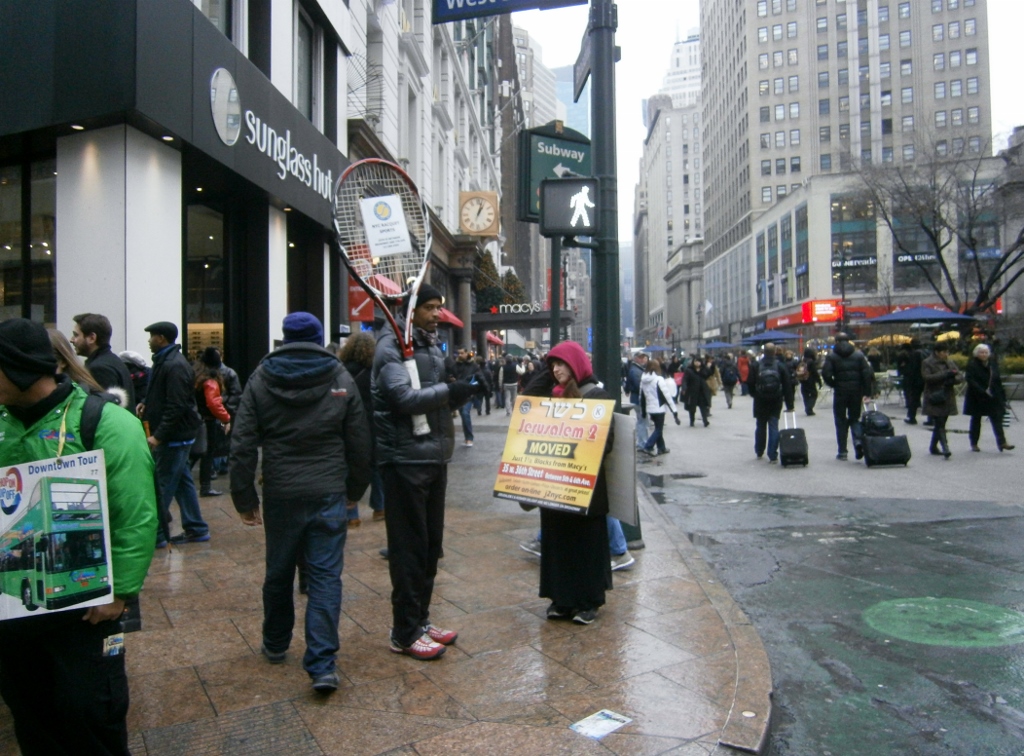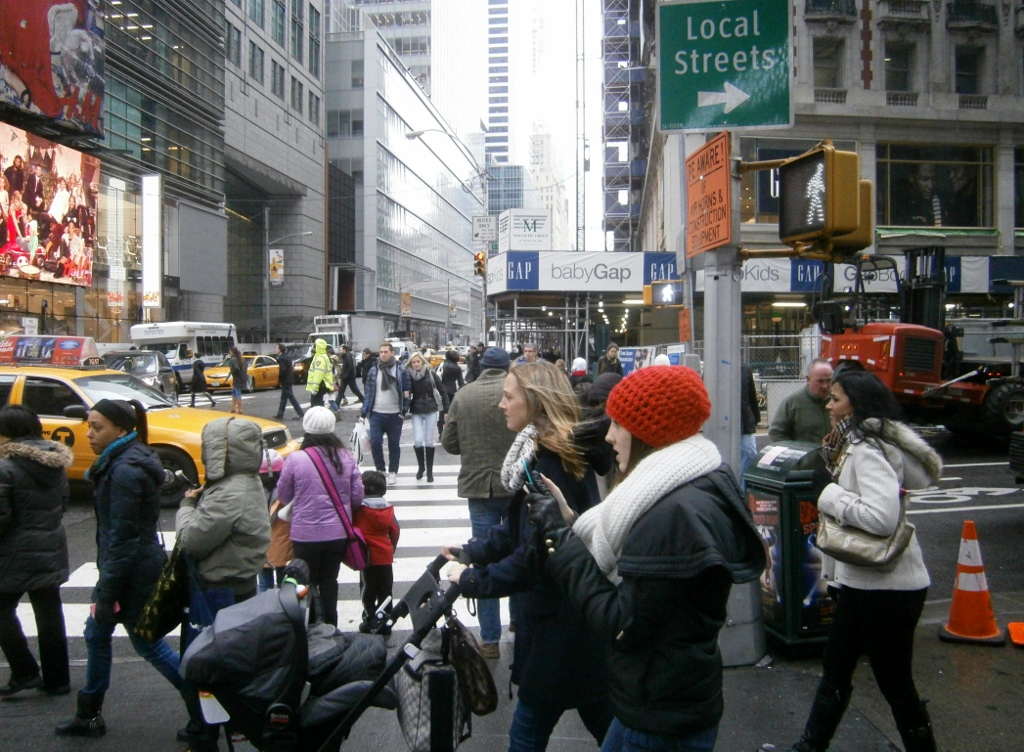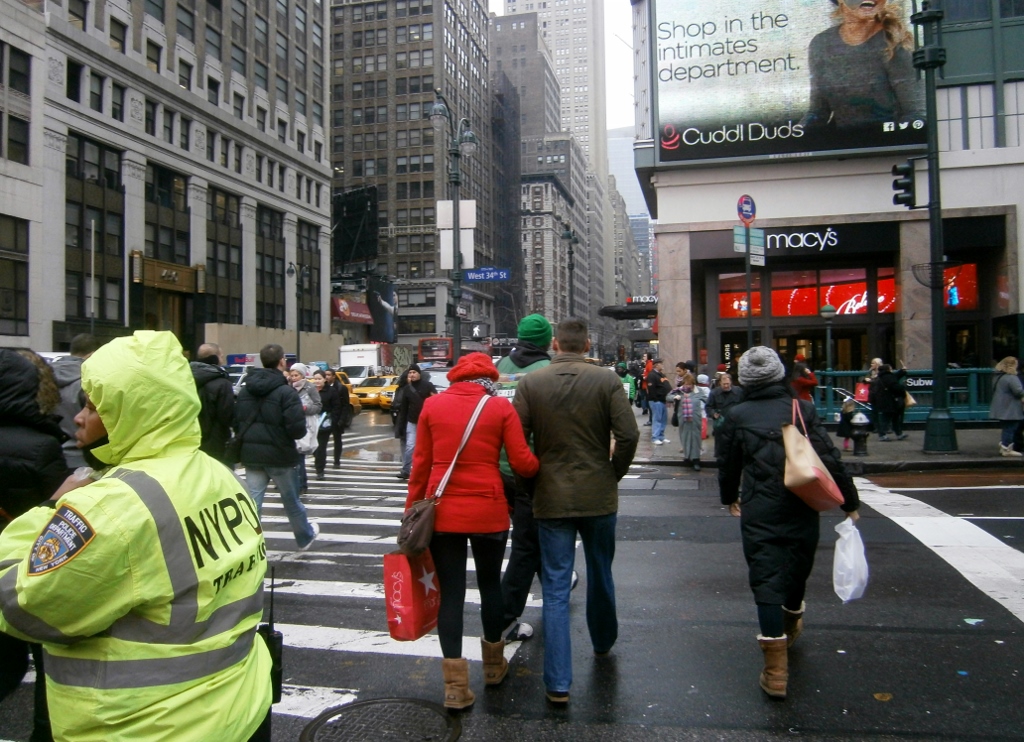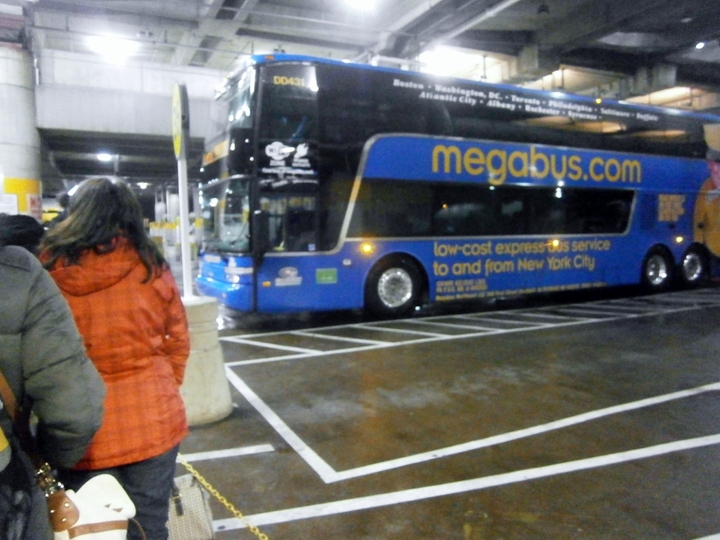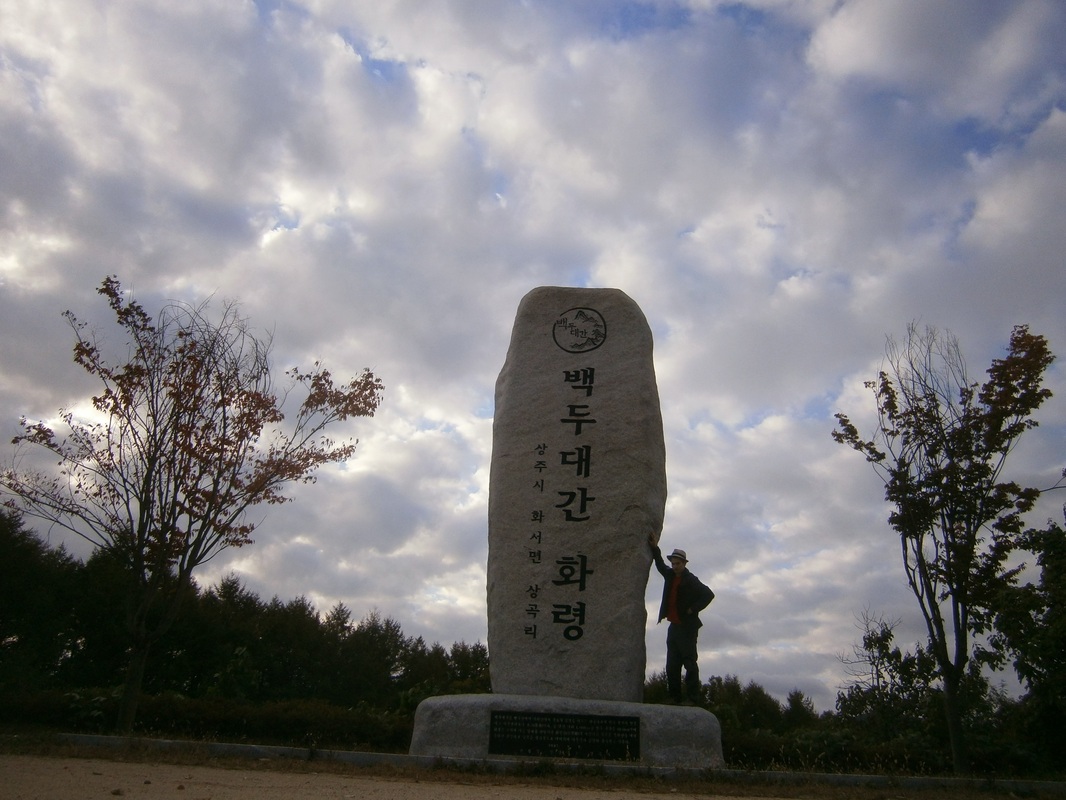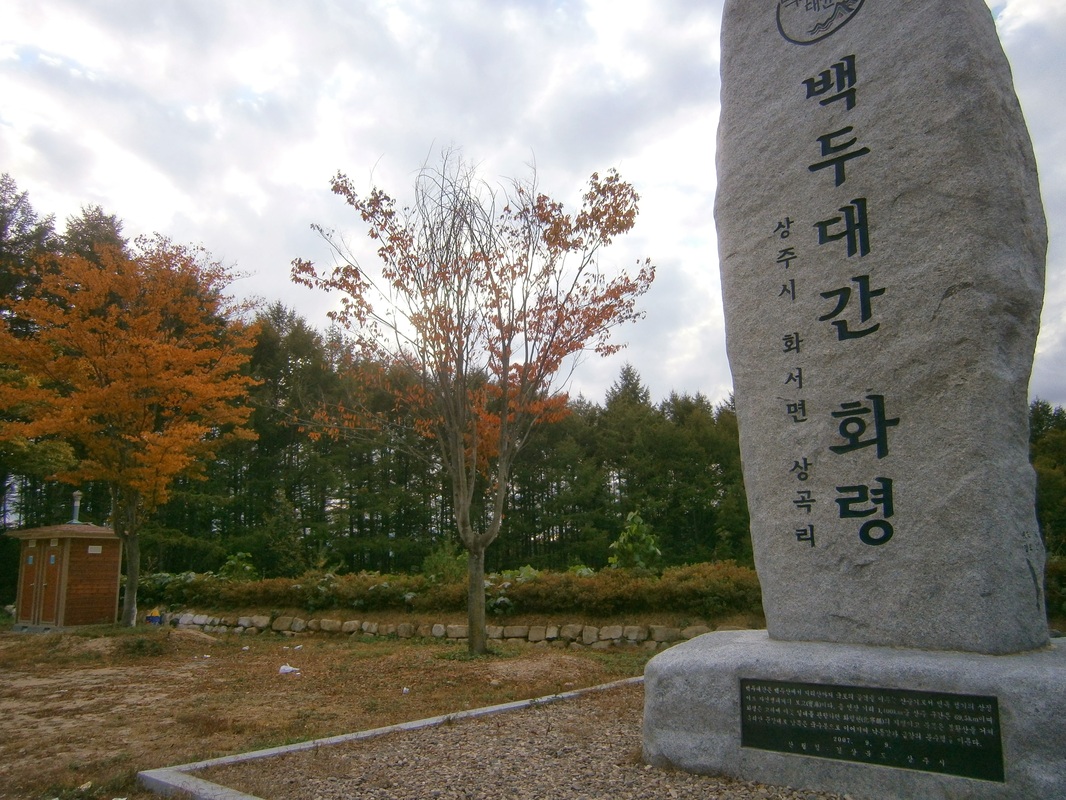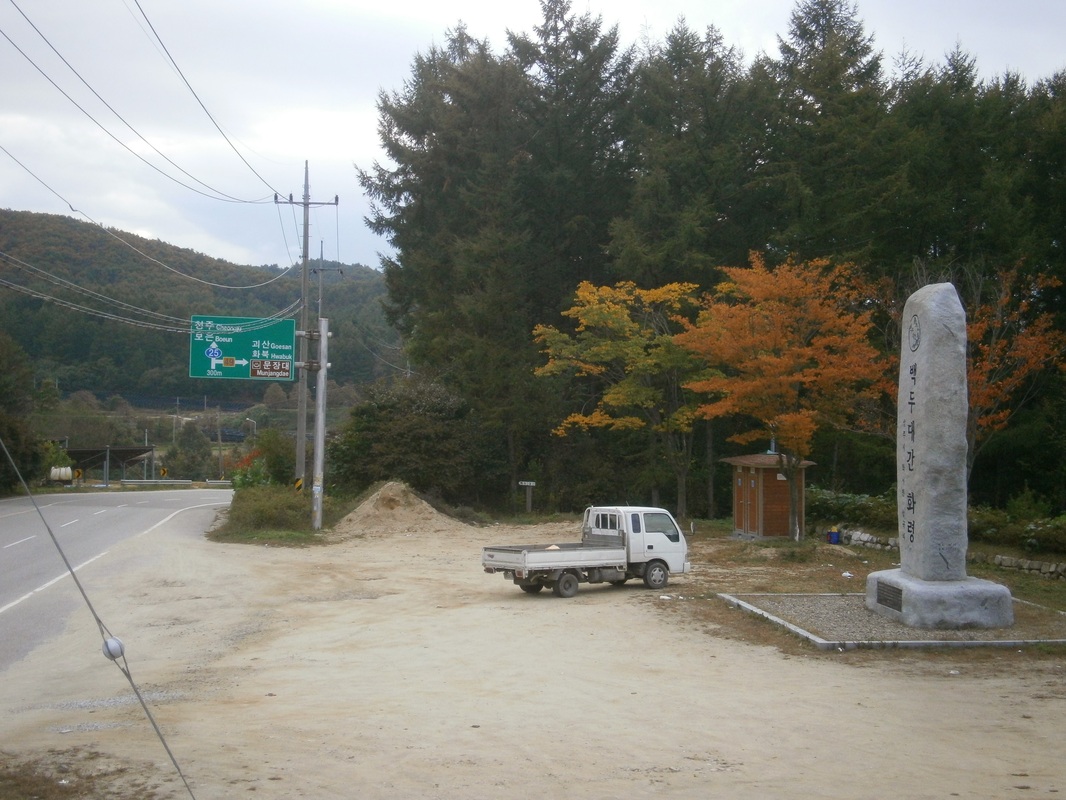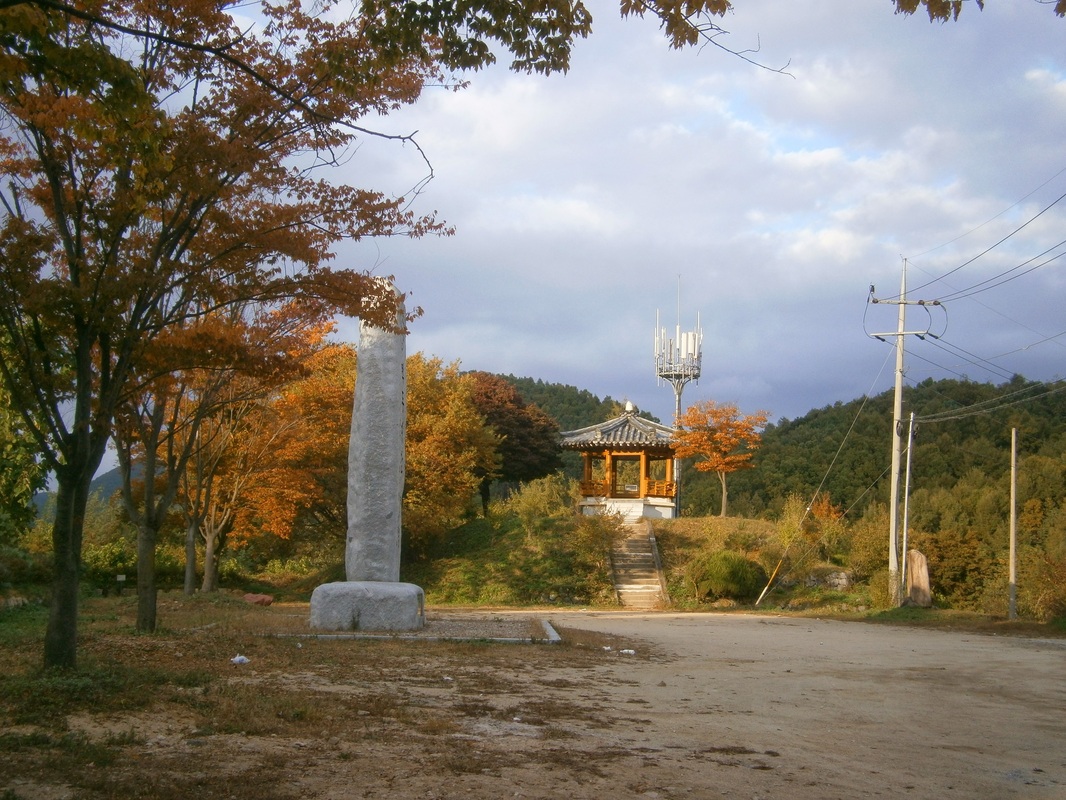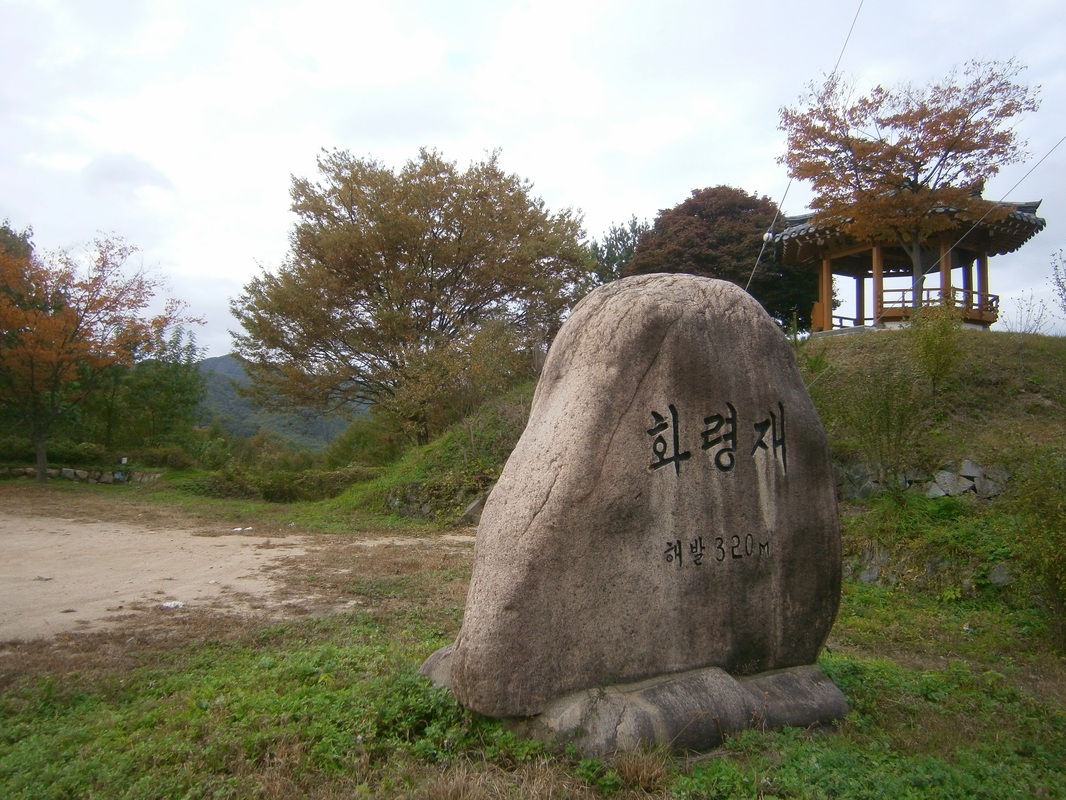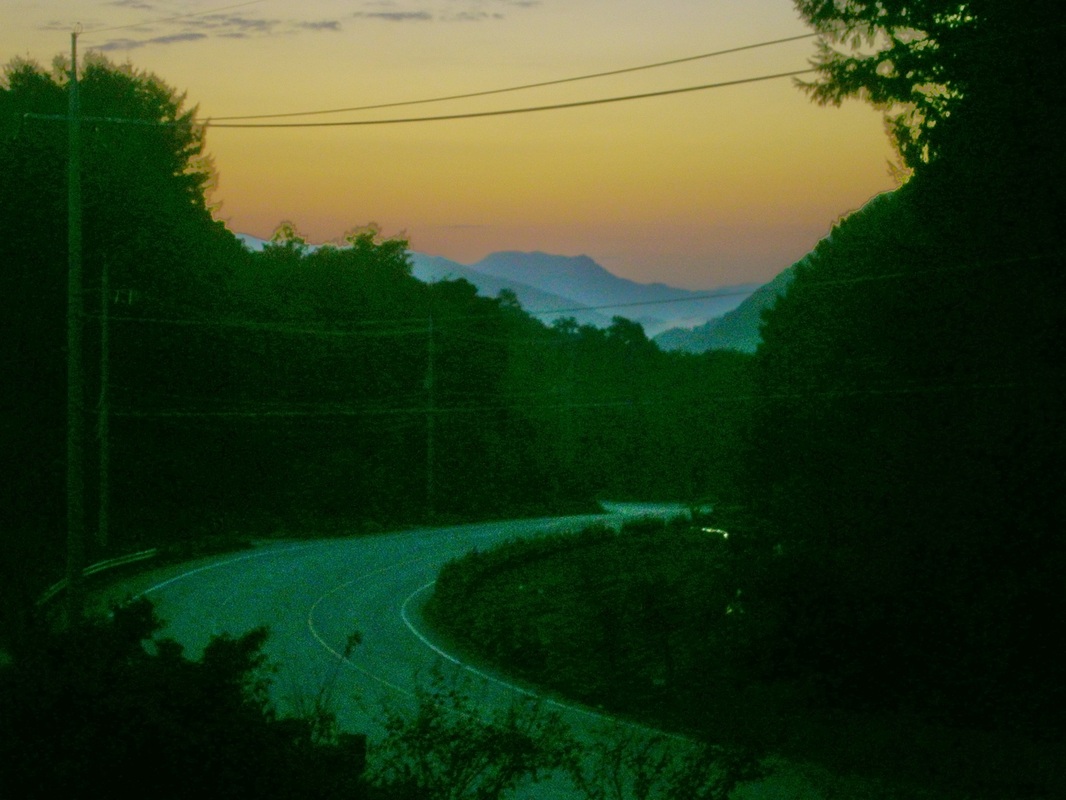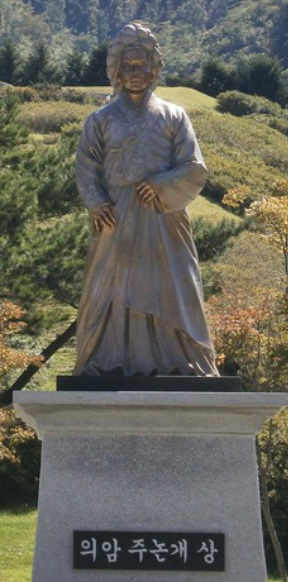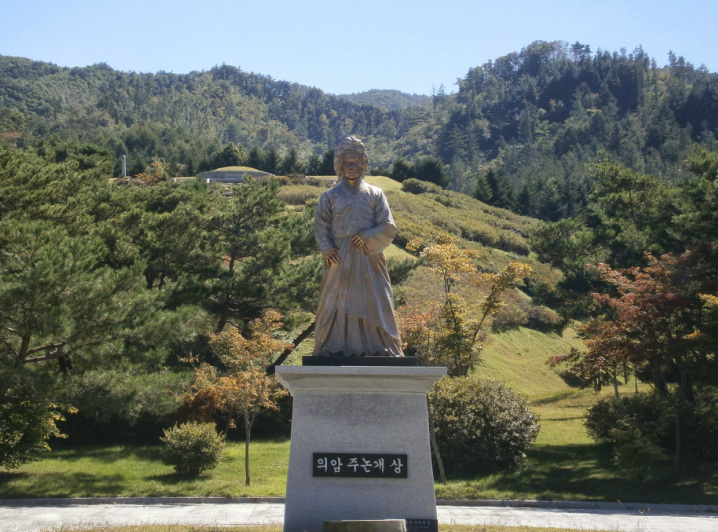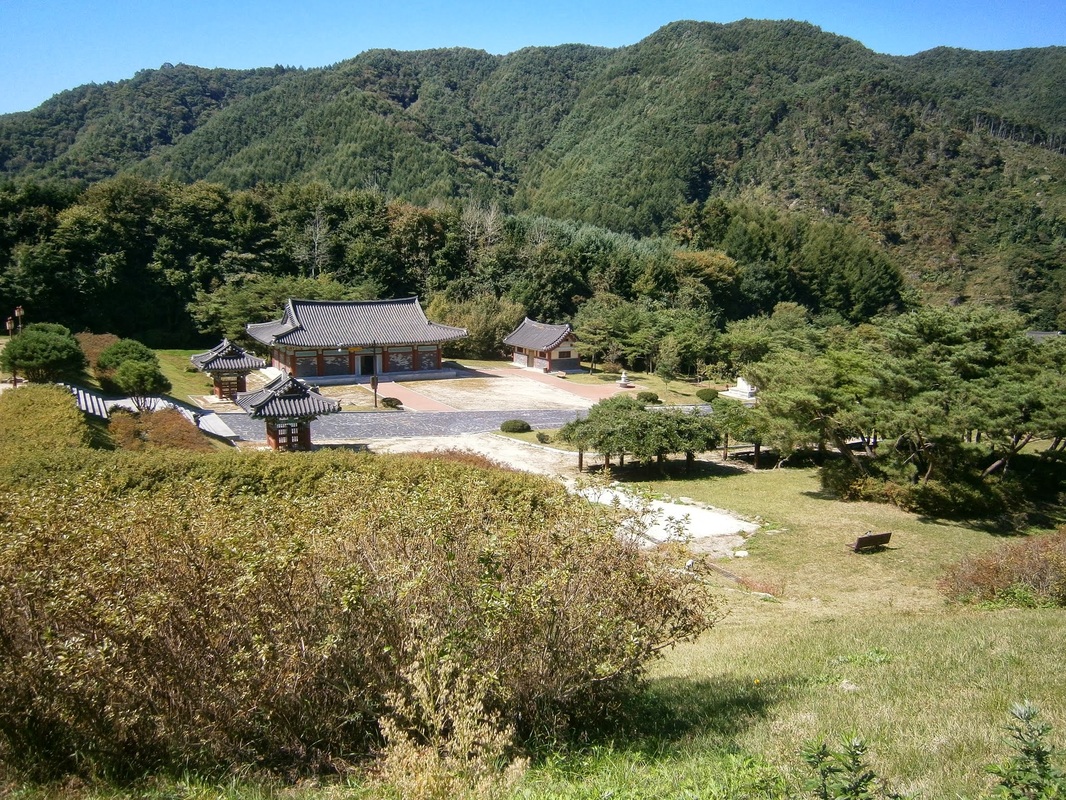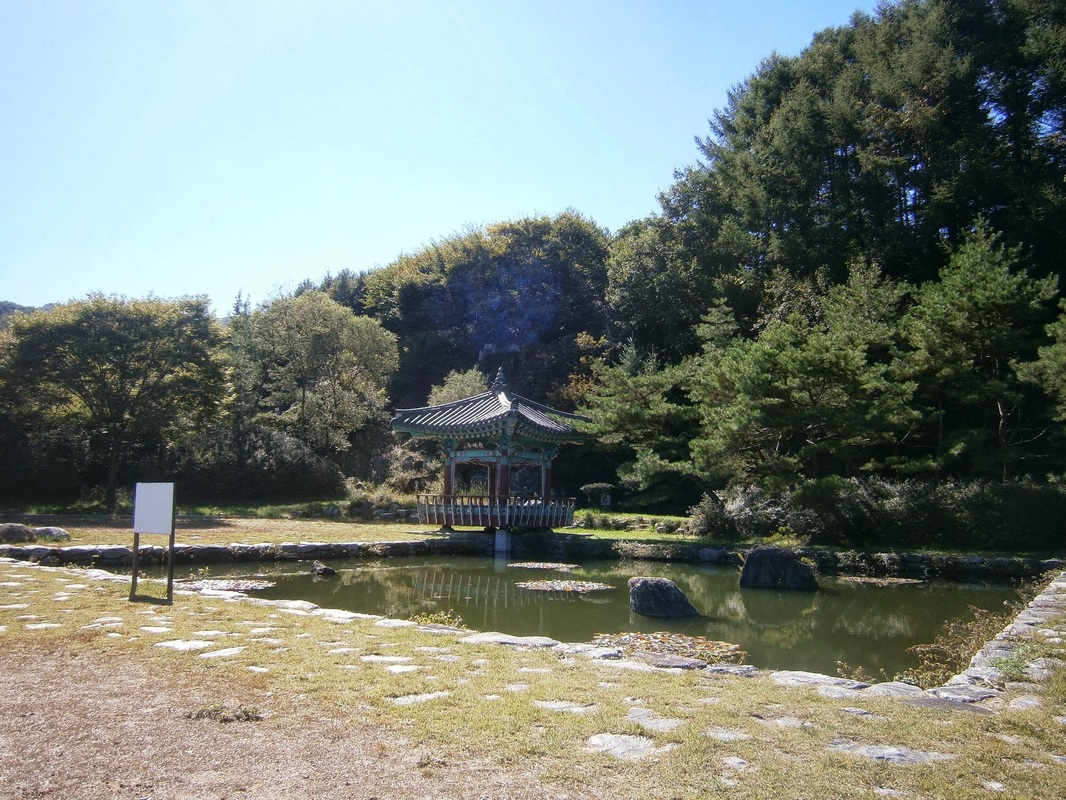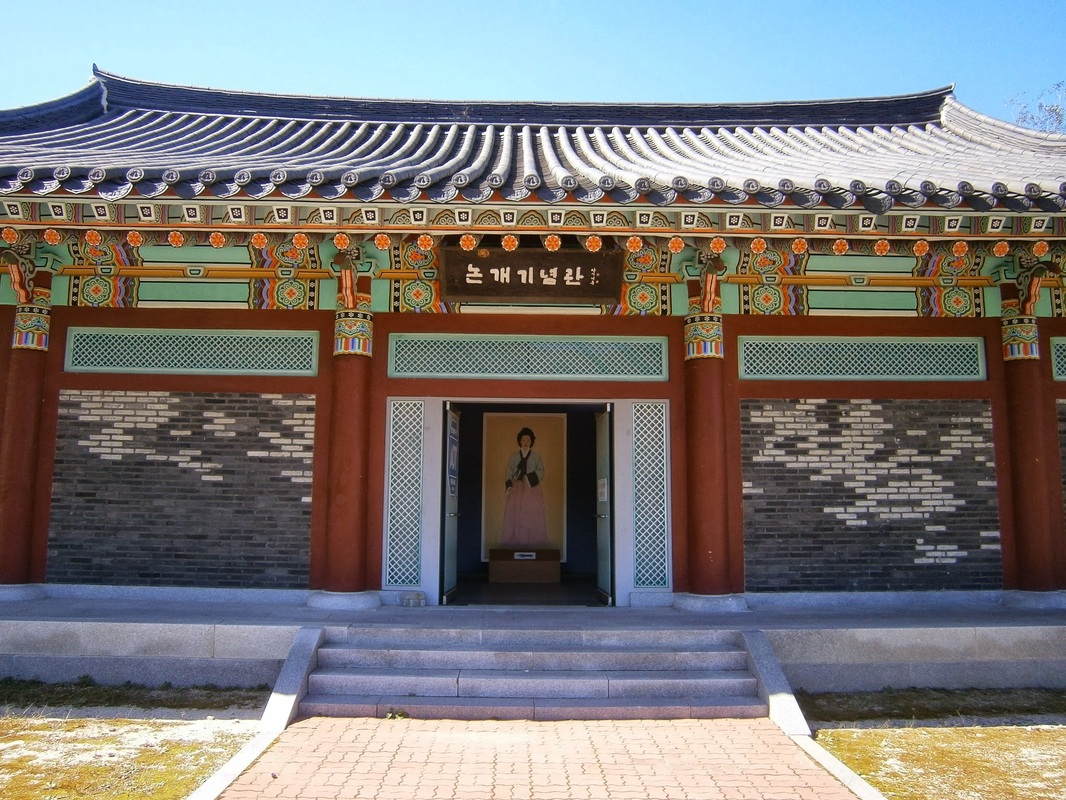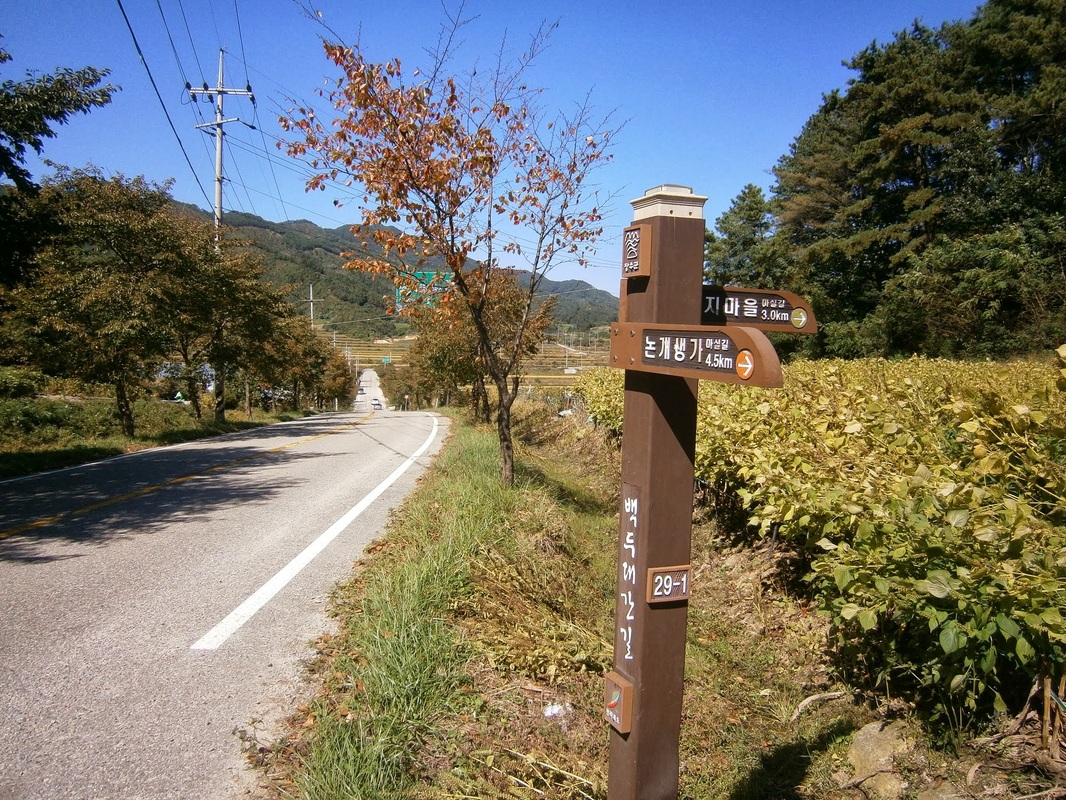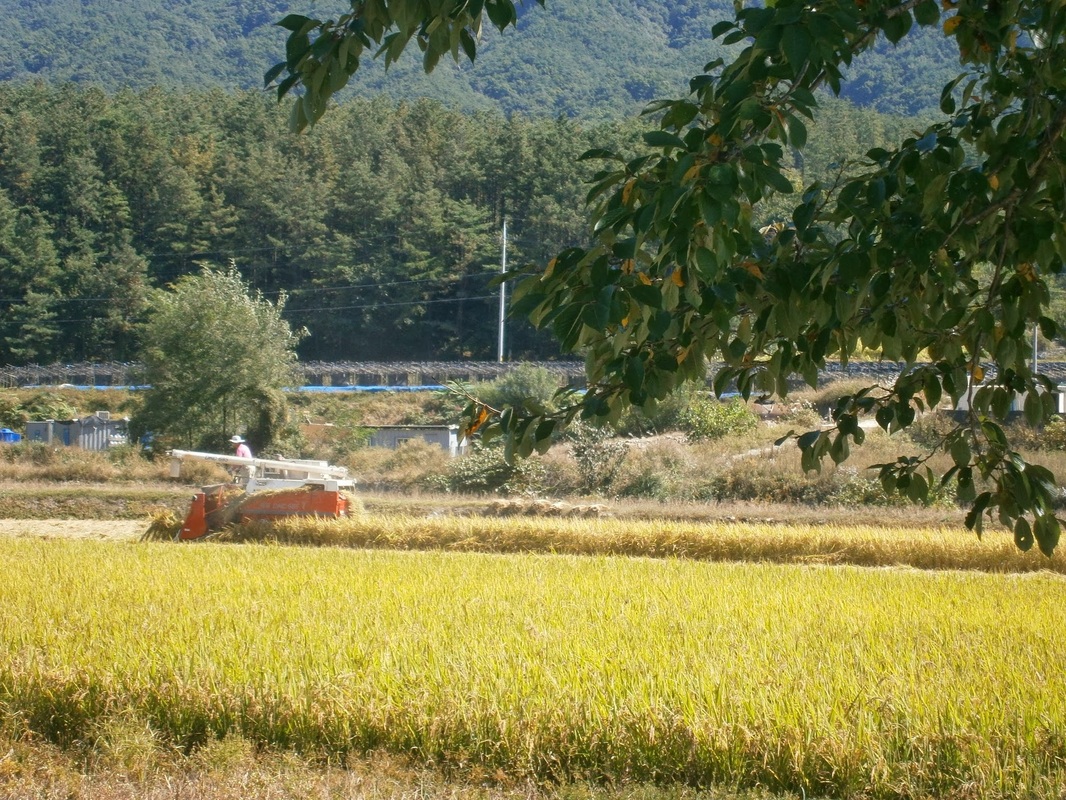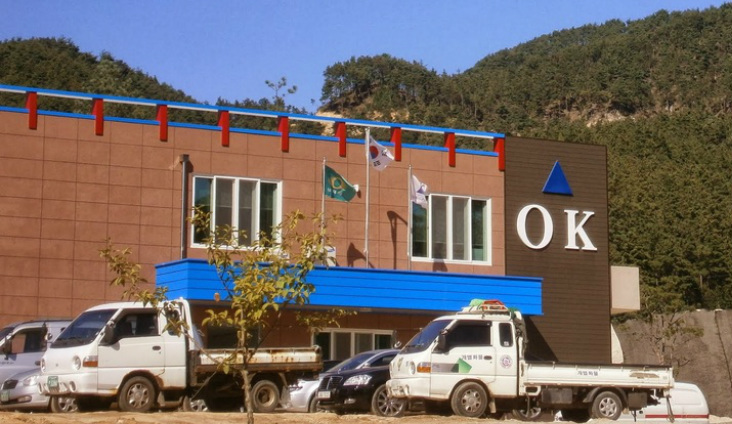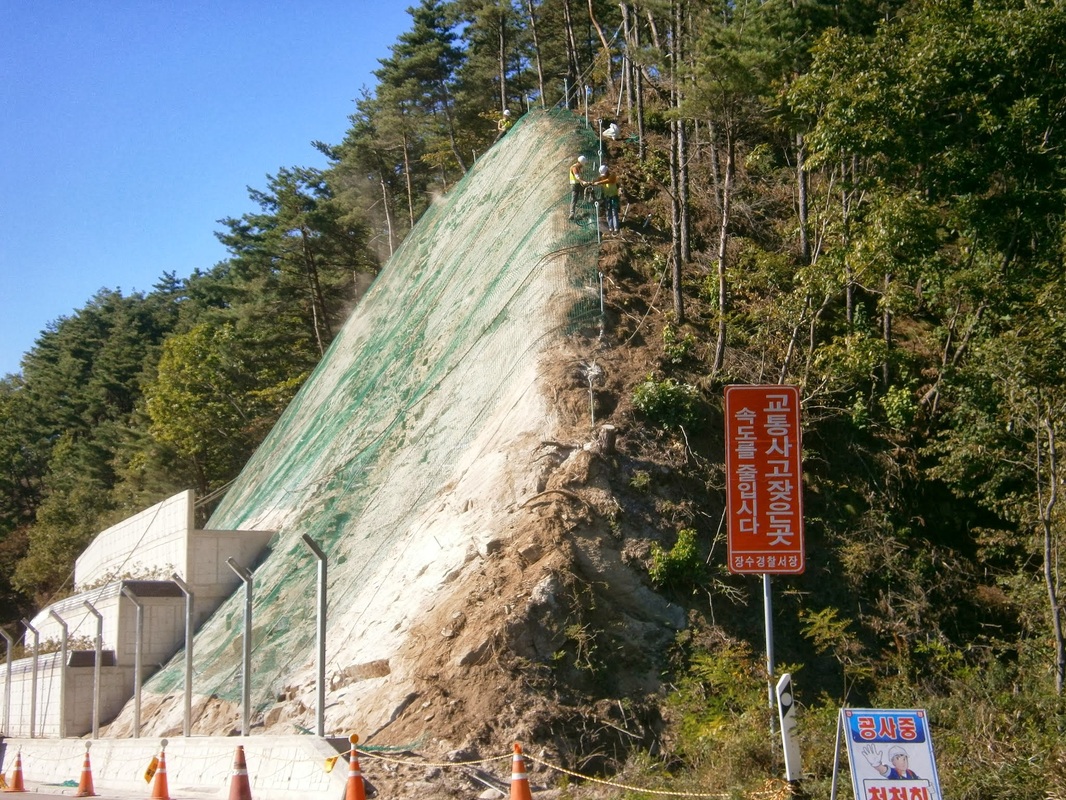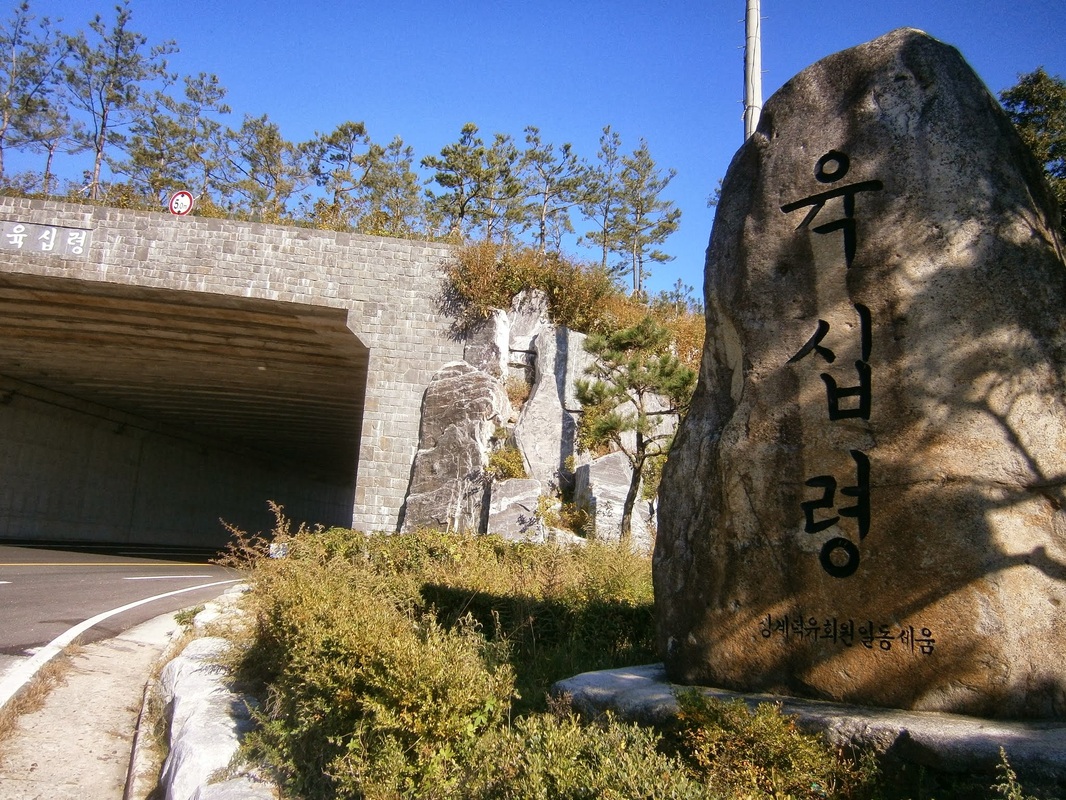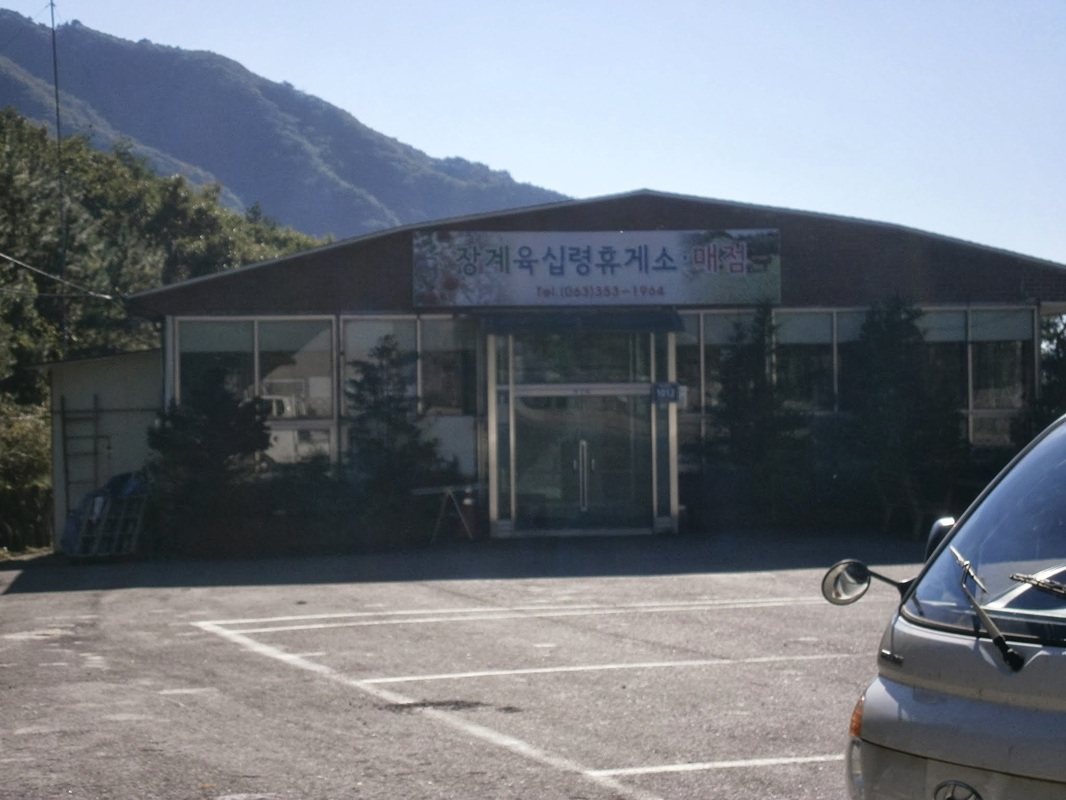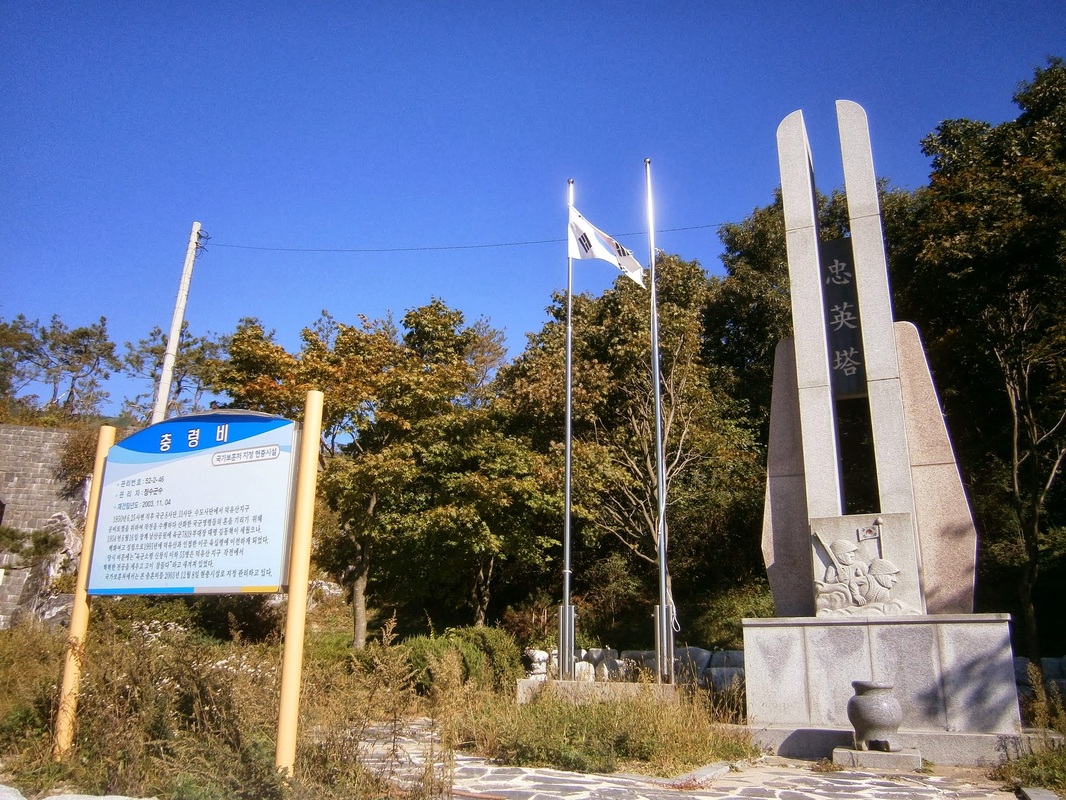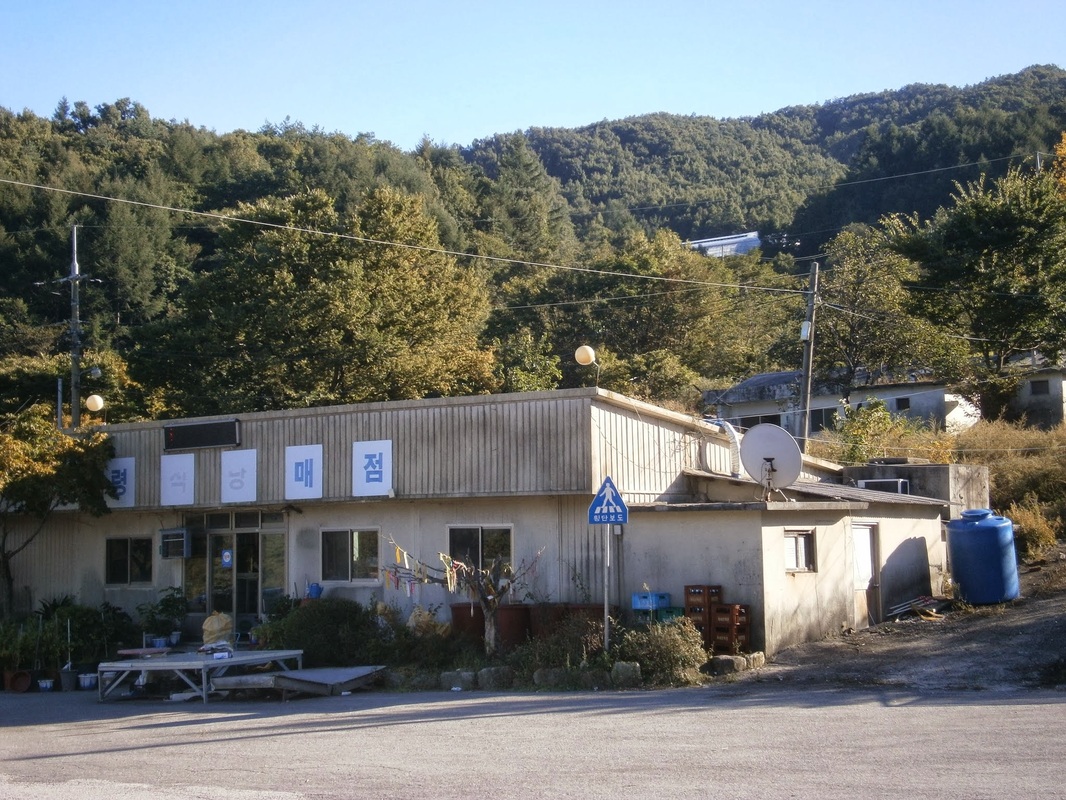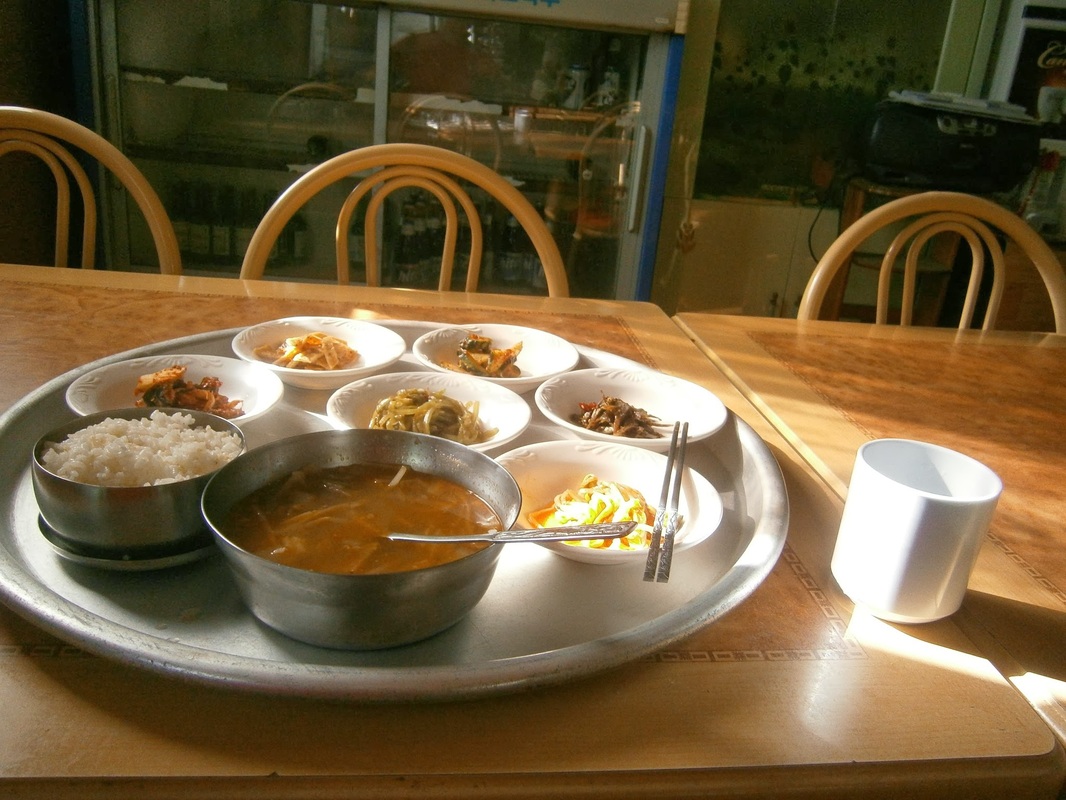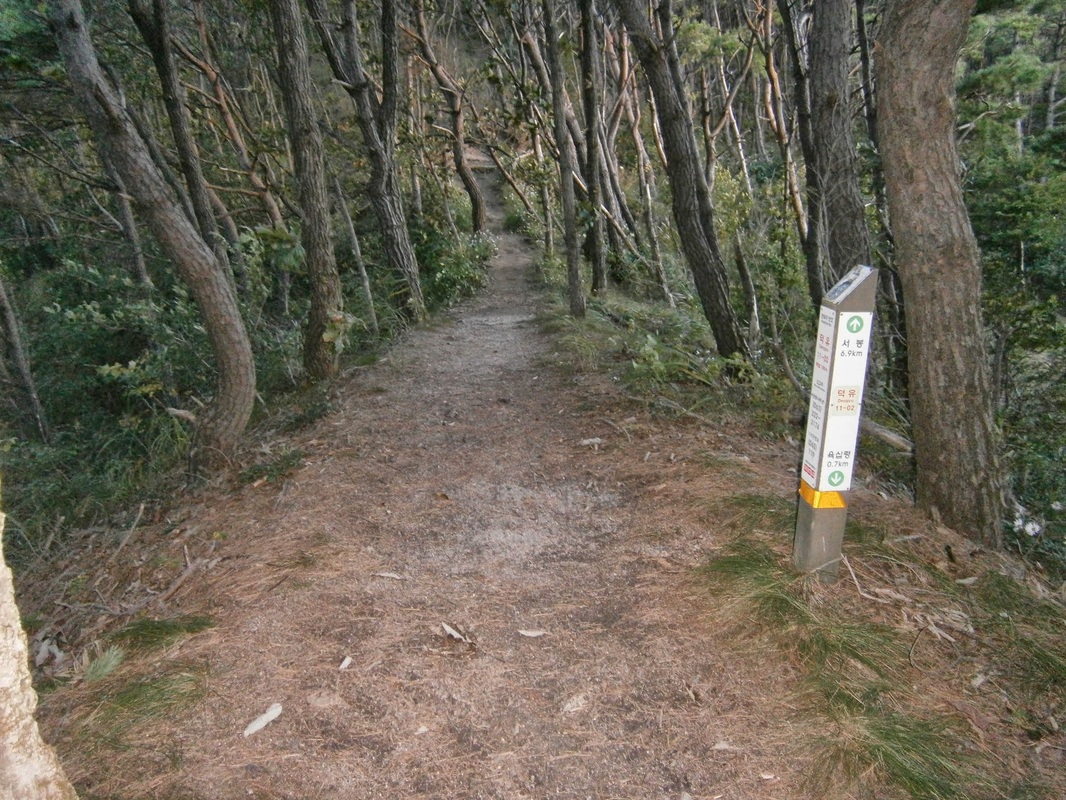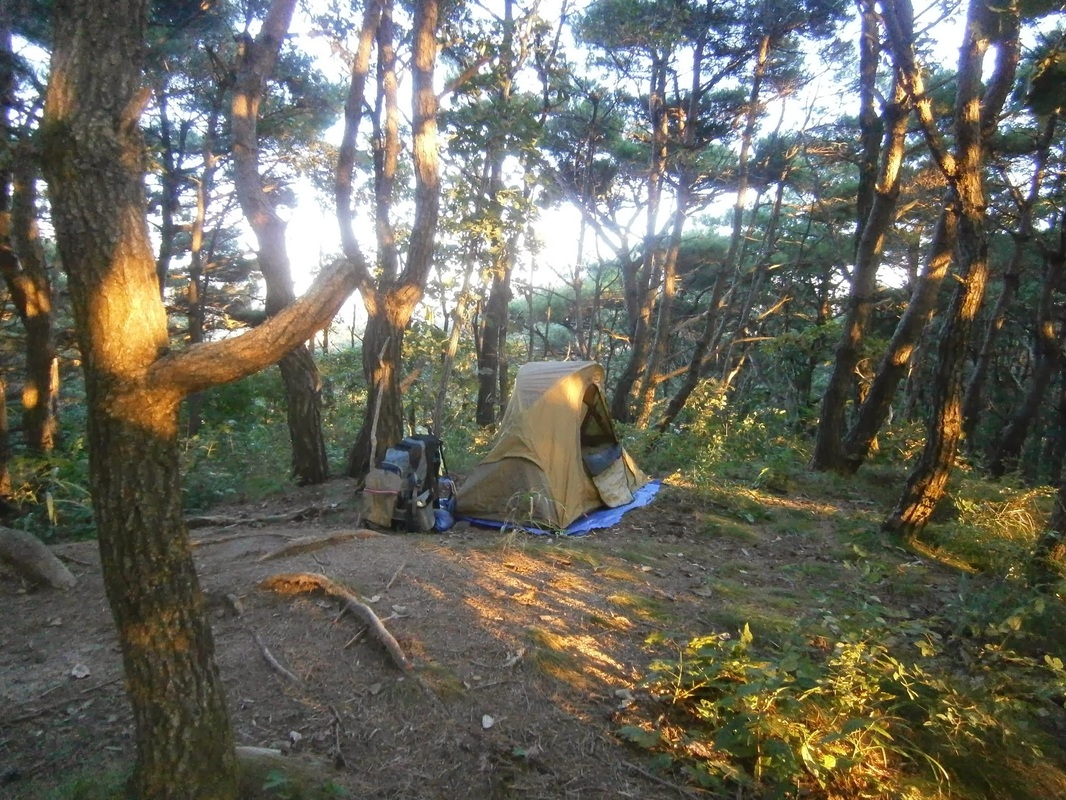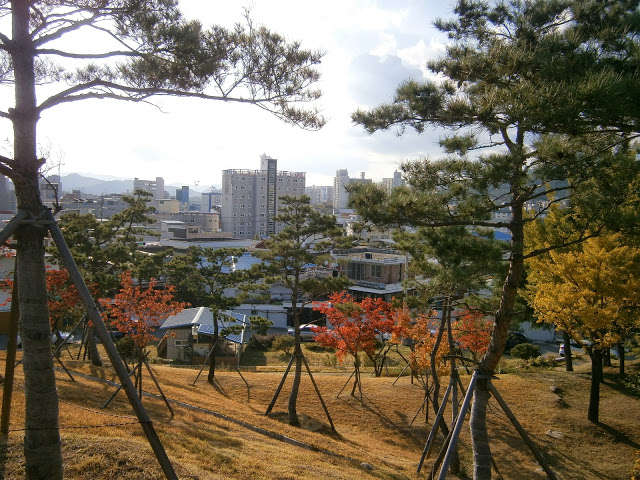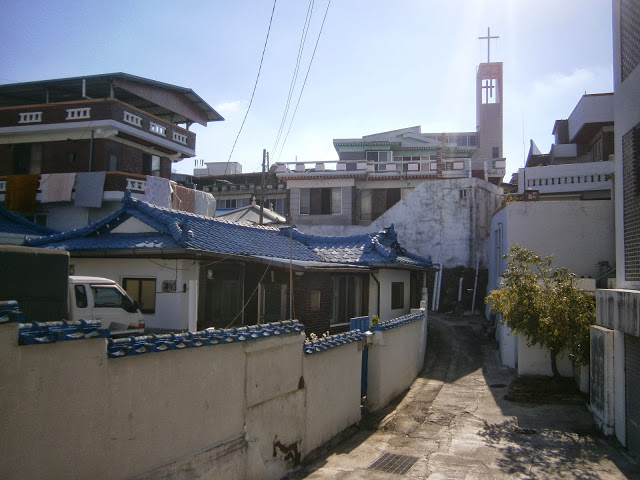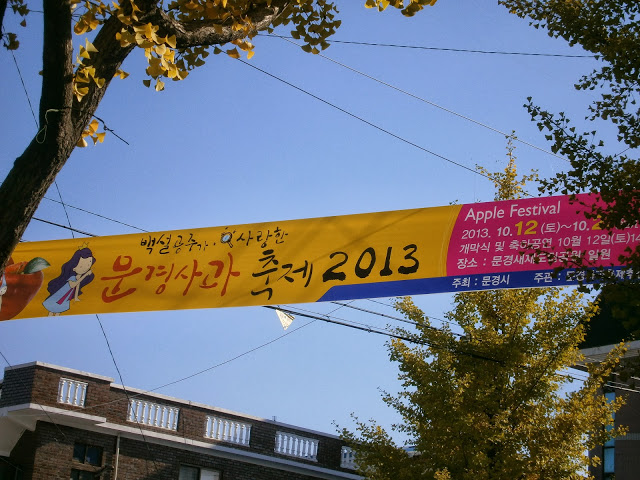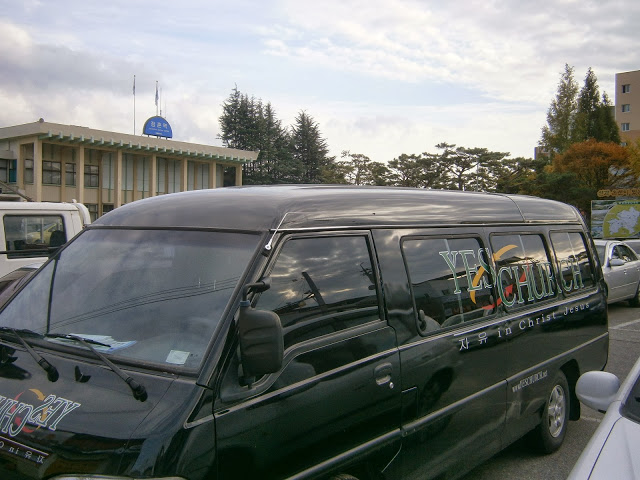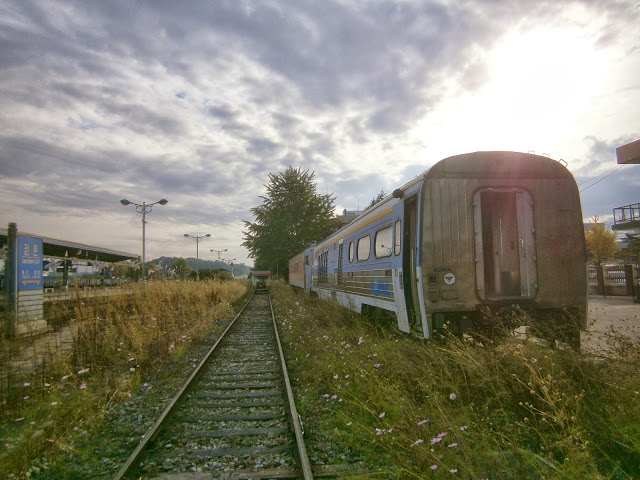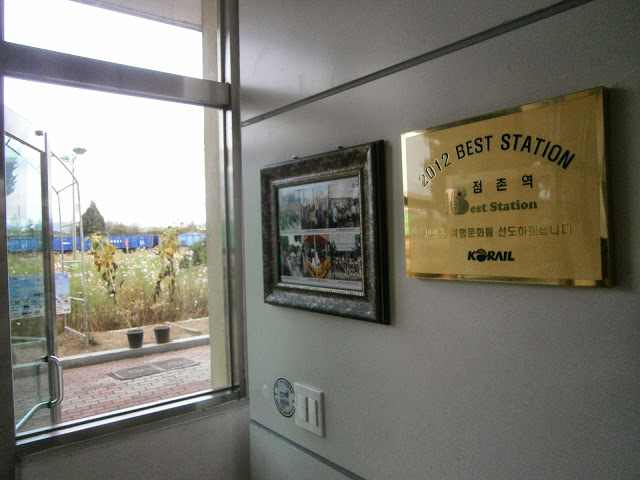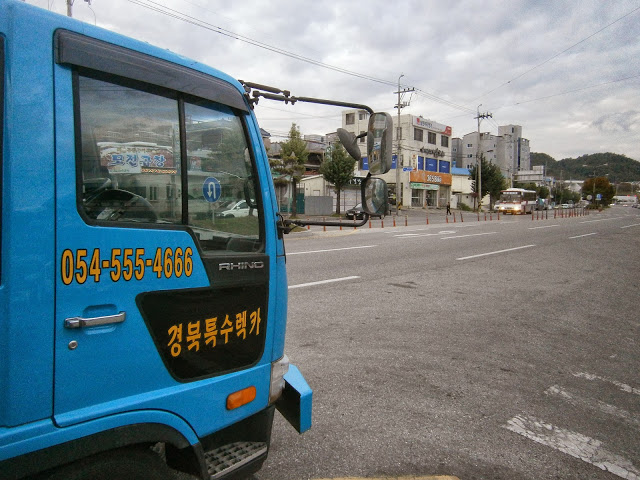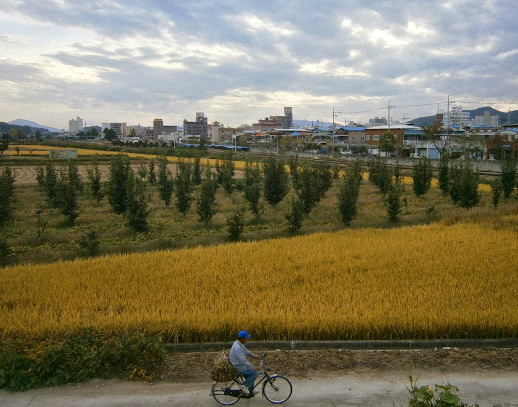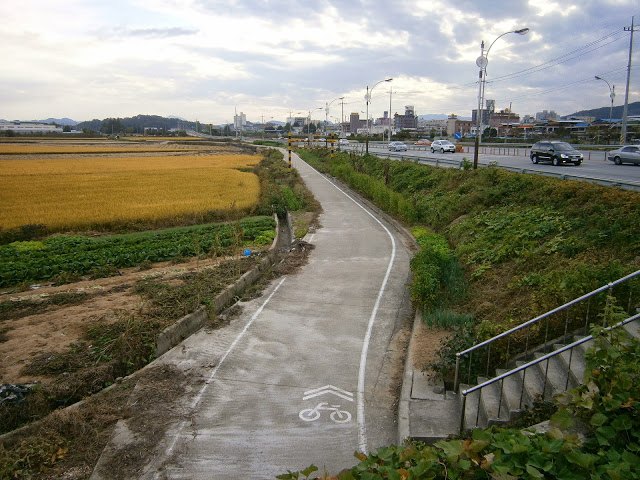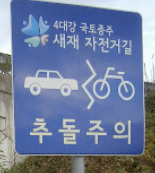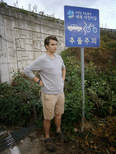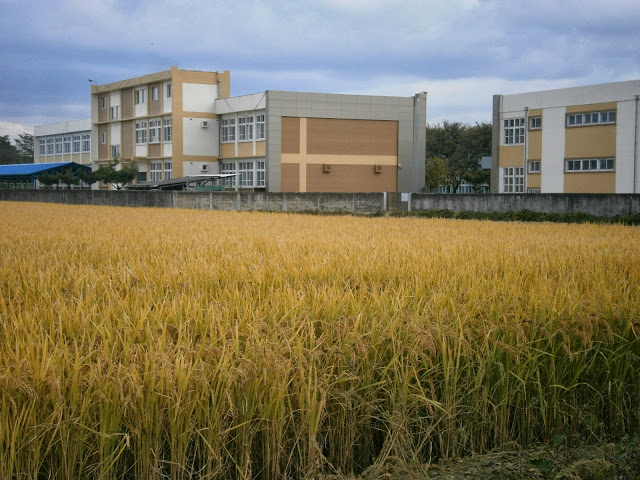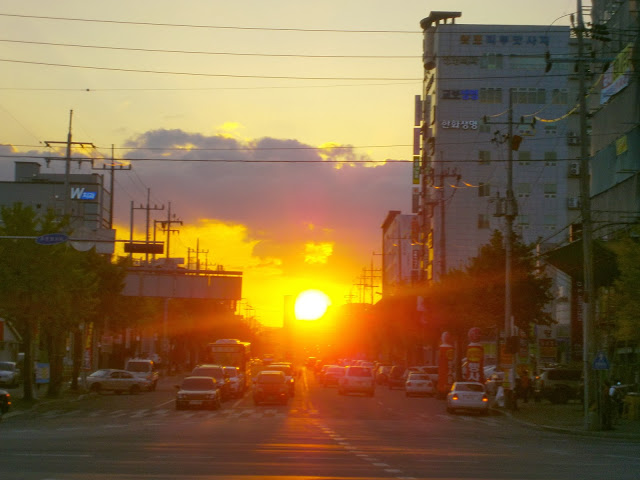I was surprised to find myself in New York City last week.
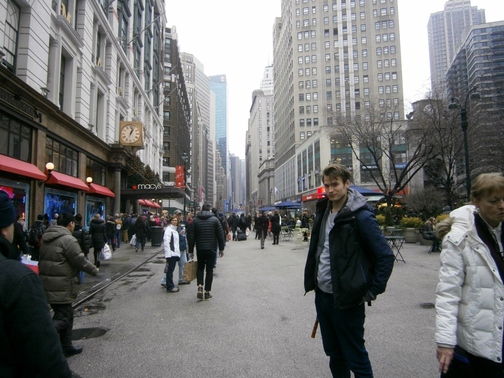
Me in front of the large Macy’s Department Store in Manhattan. [Photo by T.A.]
A whirlwind trip. I enjoyed it, and I was glad to see my friend T.A. remaining in good spirits.
Itinerary
Monday 4:30 AM: I woke up.
Monday 5:00 AM: I left home in Arlington and proceeded to Union Station in Wash DC to get on the inter-city bus.
Monday 6:15 AM: Departure of the bus from Wash DC to NYC, with stops in Maryland and Philadelphia.
[Bus ride; I sleep]
Monday 10:50 AM: Bus arrived in midtown Manhattan near Penn Station.
[I meet my awaiting friend; we walk around, etc., etc.]
Tuesday 1:25 AM: Bus departed NYC to Wash DC.
[Bus ride; Sleeping]
Tuesday 6:45 AM: Bus arrived back in Union Station in Washington.
Tuesday 7:30 AM: I arrived back at the door of my home.
I want to note a few things I find of interest regarding this trip first, then some photos:
The Opposite of Automobile Dependence
Now, any long-distance trip in the USA which requires no use of a personal automobile at all, “from door to door”, is neither easy nor common. I found myself remarking many times while back in the USA, “Why can’t the richest country in the world ‘get it together’ enough to have decent mass-transportation?” I have ideas about why.
I’ve always found ways to transport myself without an automobile. For some reason, this has been a point of pride for me ever since high school, and this attitude even impelled me to visit my friend J.S. in Roanoke, Virginia in October 2010 in a…highly-unique way, which I will have to elaborate on later, as NYC is the topic at hand now.
This time, I rode the subway (“Metro”) in Arlington and Washington, the inter-city bus (“Megabus”) for many hours, and the subway in NYC a couple of times; all else came down to expenditure in shoe-rubber, as they say.
Prices
Even after all fees and surcharges (and there always are those in the ol’ USA of today, aren’t there), I paid $42.00 for the round-trip ticket (232 miles one-way; 464 miles round-trip; ten hours on the bus; dropped off in Manhattan). I’d bought the tickets a few days earlier. I paid another $6.20 for two Washington Metro trips to get to and from the bus pick-up place, and a bit more for several NYC subway trips.
I spent little in NYC itself. I also refrained from putting any of my cash directly to an open flame so as to witness it turn to ash and mist away. Seeing the prices in NYC led me to consider those two actions to be close cousins!
Hazy Bus Memories, Clouded by Sleep
My “whirlwind” schedule on this trip was my own choosing. This was, in-no-small-part, to avoid having to pay for a bed in that city. My friend, T.A., was in no position to offer one. I slept plenty but fitfully on the buses. Actually, I hardly remember the ten hours I spent aboard; it’s sort of a sleepy “fog” of a memory; it seems more like it happened a decade ago than a week ago; I remember a large family with several small children boarding in Baltimore; I remember a trim White man in a pilot’s uniform riding the returning bus in a seat near me (by the way, isn’t it odd that one never sees fat pilots in the mostly-overweight USA?); he must’ve been flying from Washington Tuesday morning.
I doubt I was awake more than two of those ten hours. I can’t even remember with certainty if I sat next to anyone.
Here are pictures of my “transportation to New York”.
First I walked, in a brisk snow, to the nearby station of the Washington, D.C. regional urban-rail network that we call the Metro. I rode on that for a while, got off, tried to find the bus pick-up area, which was curiously almost unmarked. Then I got on the bus, then there is a blurry period of mostly-sleep (not pictured), and finally got off the bus in NYC.
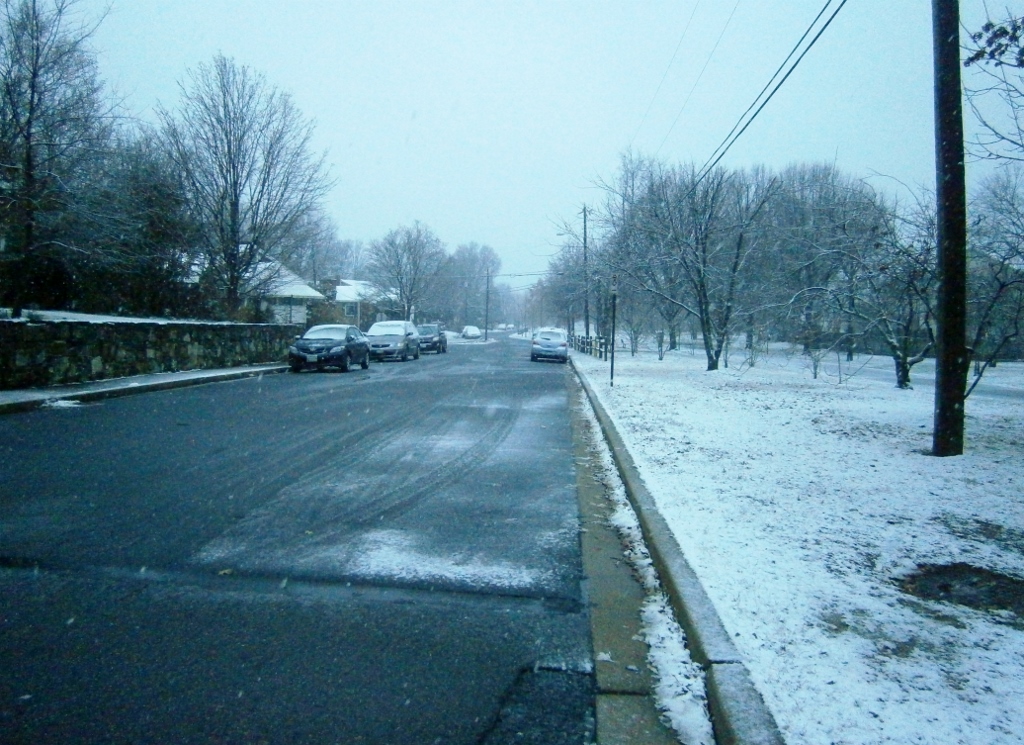
A snowy morning in Arlington
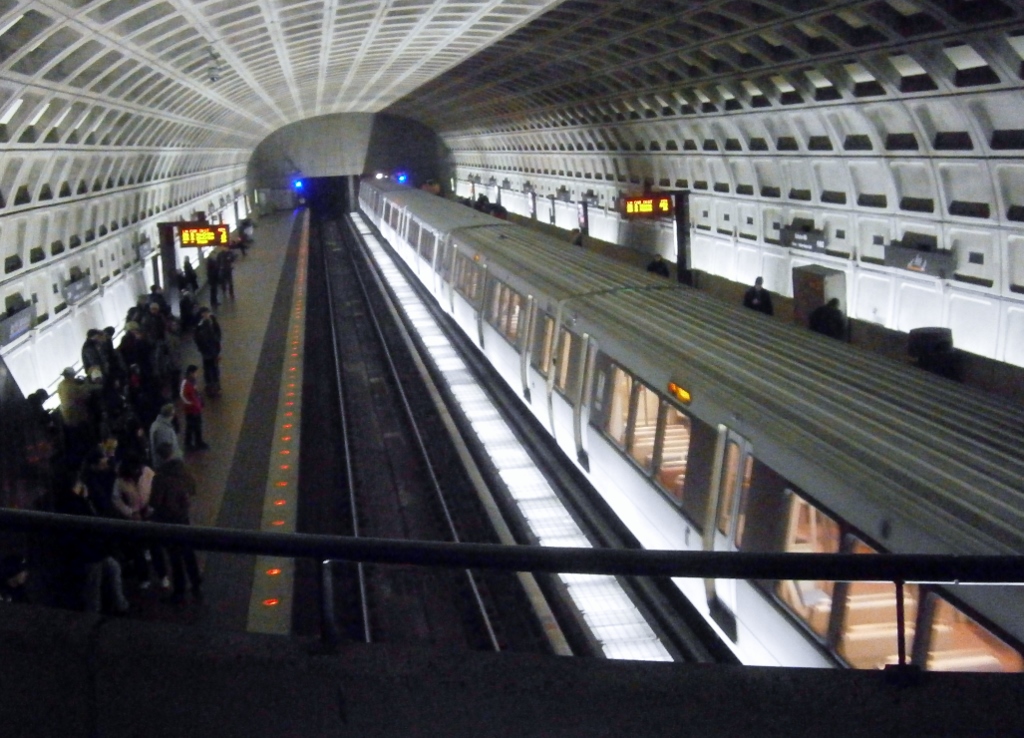
Typical Metro Station in Arlington. The architecture looks neat, but the network is almost amateurish compared to the East-Asian urban-rail networks I’ve been on, especially Seoul’s.
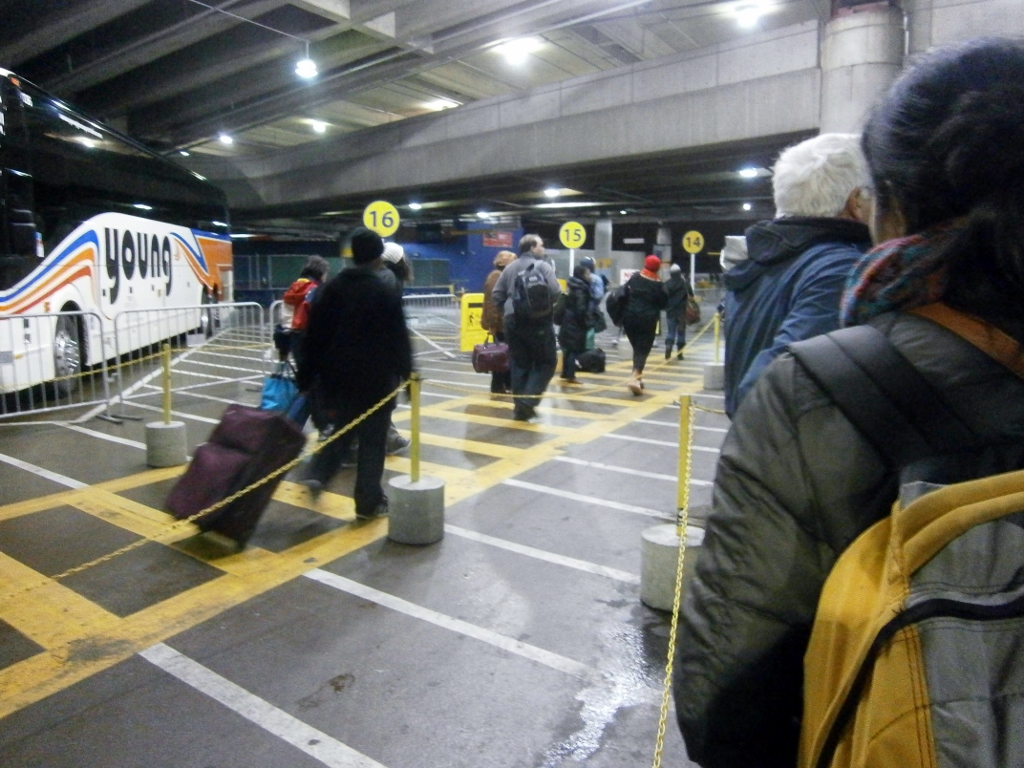
The new defacto “inter-city bus station” at Union Station in Washington DC.
In the caption above, I use quotation-marks around “inter-city bus station” because it’s actually just the upstairs parking lot of the train station. There are no facilities within this bus “area” that I could readily see. No places to wait except standing around on the pavement of the former parking lot, like the people pictured here. No toilets, except far off below in the train station. No clocks even, to check the time; no big boards to check arrivals or departures. No place to buy tickets (you have to buy online) except for Greyhound. No place to buy food or drinks. No payphones that I saw. Nobody was even clearly in charge to ask for help. No lockers to store one’s things. Somehow, it all sort of hobbled along and worked. At least the place offered shelter from the rain, sleet, snow, The bus-stops were sort-of marked.
Now, the last time I rode Megabus, in 2011, the bus stop was two blocks away in a slightly-squalid, poorly-lit, and exposed outdoor parking lot, so despite my complaints, it is a move up.
The grainy quality these pictures fits with most people’s mental condition at the time, I think. It was around 6:00 AM.
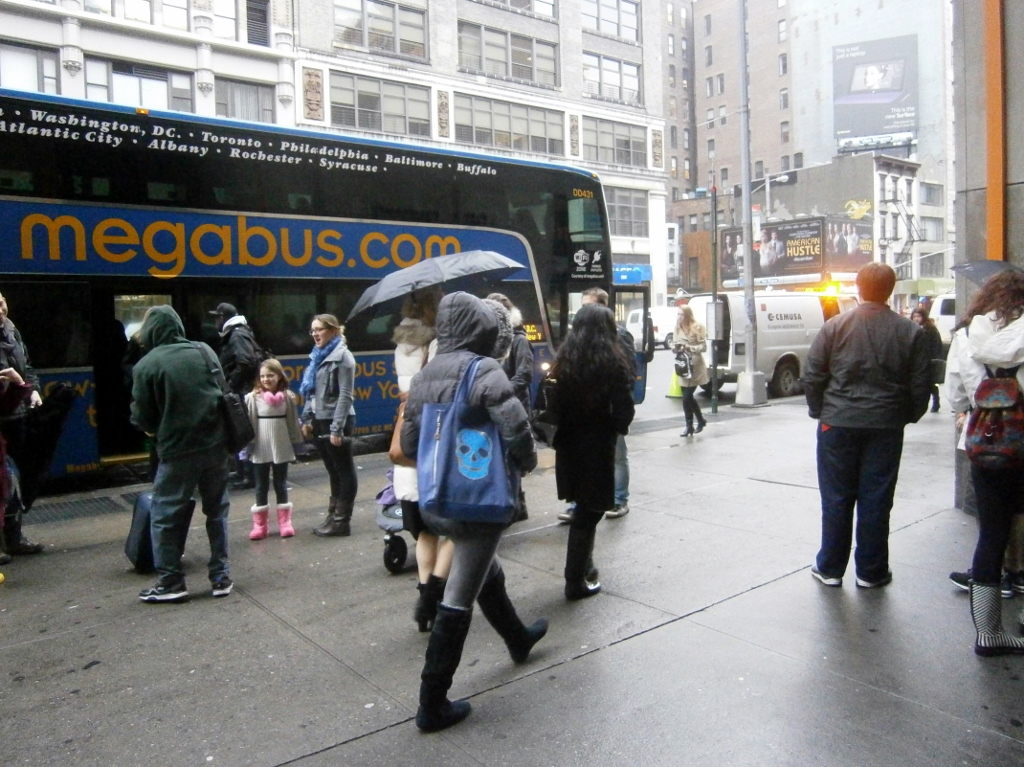
Getting off the bus in Manhattan.
I can here comment on the type of passengers I rode with, some of which are pictured above, just having gotten off.
Impressions of Fellow Passengers
I have ridden inter-city buses in the USA in recent years a number of times, maybe more than anyone else that I personally know. It’s just quite uncommon in the USA to travel in that way. The central reason it is uncommon, in my view, is that people are scared of the other passengers. I don’t blame them. Greyhound, in particular, for some reason attracts some really unsavory, frankly dangerous characters. This is Greyhound’s reputation, and I can say that generally in my experience that reputation is deserved. I mean, really: If I were a father, I would never allow my daughter to ride one of those Greyhound buses. (This makes me sad, as a native-born American, that we have to deal with this kind of thing so commonly). However, this is Megabus, a somewhat-new company. Somehow, much of the criminal and semi-criminal element missed the memo that Megabus exists. Most of my fellow passengers on the above-described trip actually could’ve been distant relatives of mine. The large family I mentioned above, that got on in Maryland, looked and sounded a bit like my cousin N.C.’s family. N.C. and her family also live in Maryland. Many of the other passengers seemed to be foreign college-student types. The “semi-criminal” element was vastly under-represented this time, if present at all! (Later in the week, I rode down to southern Virginia to visit my friend J.S., on an Atlanta-bound bus, and on that bus some of that element manifested itself again.)
The Rise in Bus Popularity Explained–?
A big reason why ‘regular’ Americans are riding these buses more these days is, I expect, the rise of the “electronic world” and companies savvy enough to pander to it. Megabus advertises itself as giving access to a power outlet in every seat, and having free Wi-Fi on every bus. In the world of these handheld computers that we call “smartphones”, this means a person can “be online” and productive, or at least satiated with entertainment, for the entire ride: One can work, email, ‘facebook’ (it’s a verb, you know), read online article or ebooks, or entertain oneself with downloaded movies or Youtube, or play games, or do whatever else one can with a computer, for the entire ride.
The above small-handful of pictures takes us only through 11:00 AM. There is more to come!
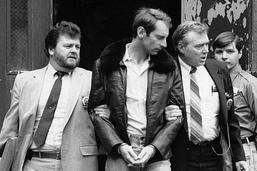 Subway Vigilante Bernie Goetz (c.),
Subway Vigilante Bernie Goetz (c.),